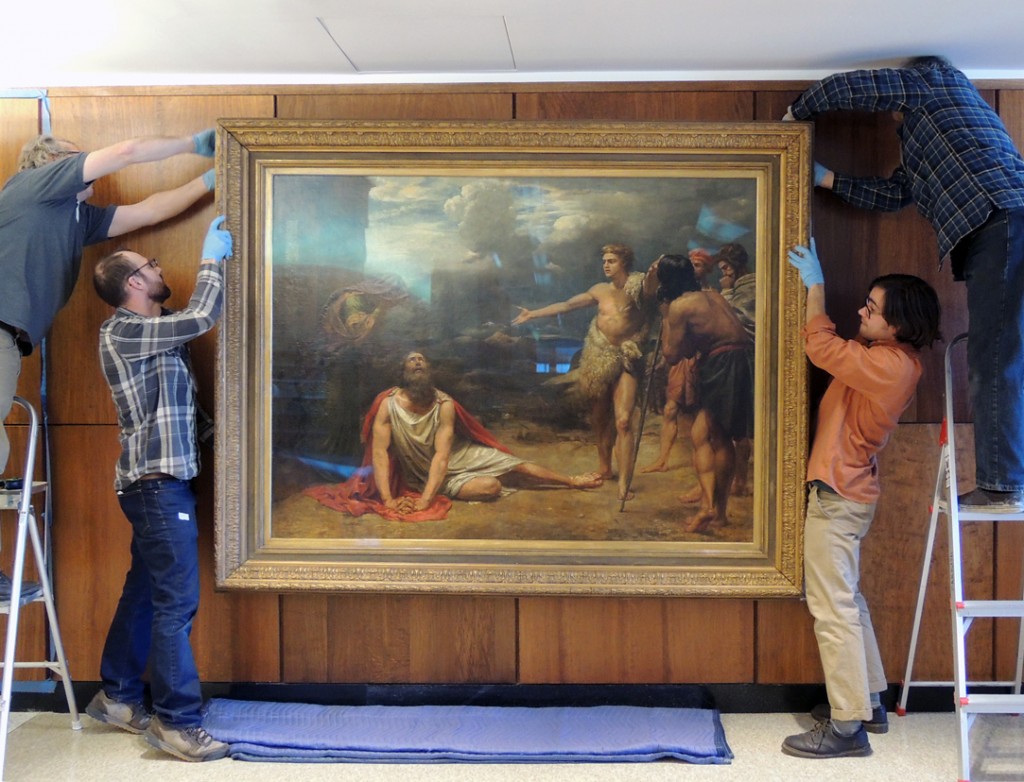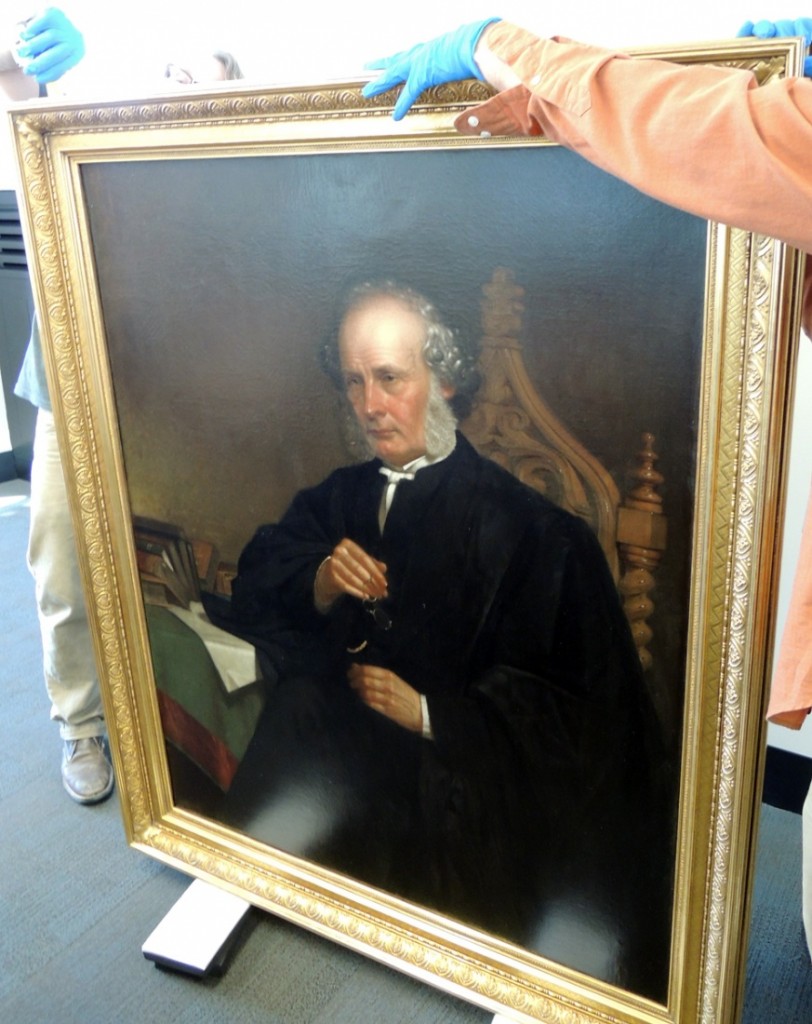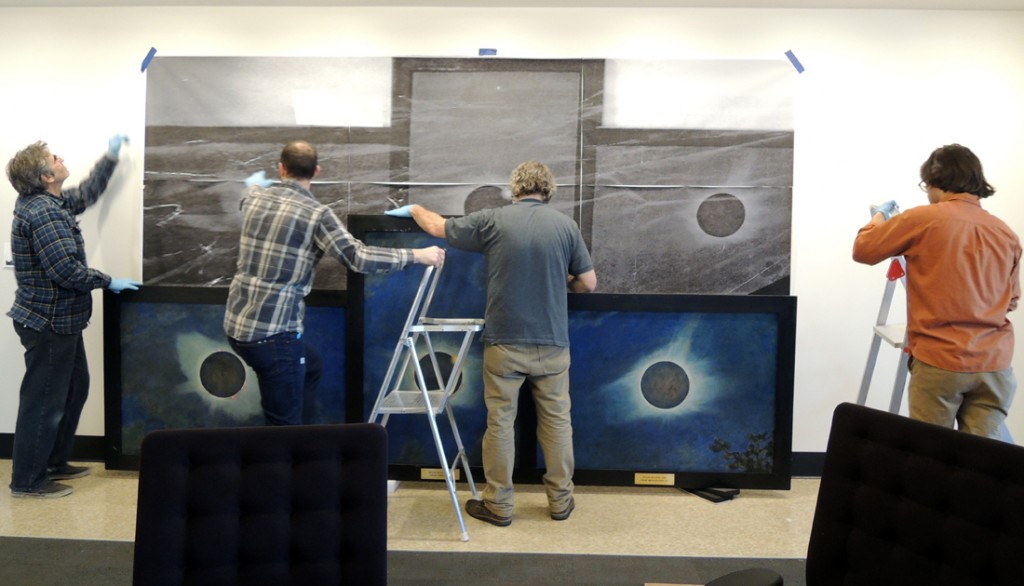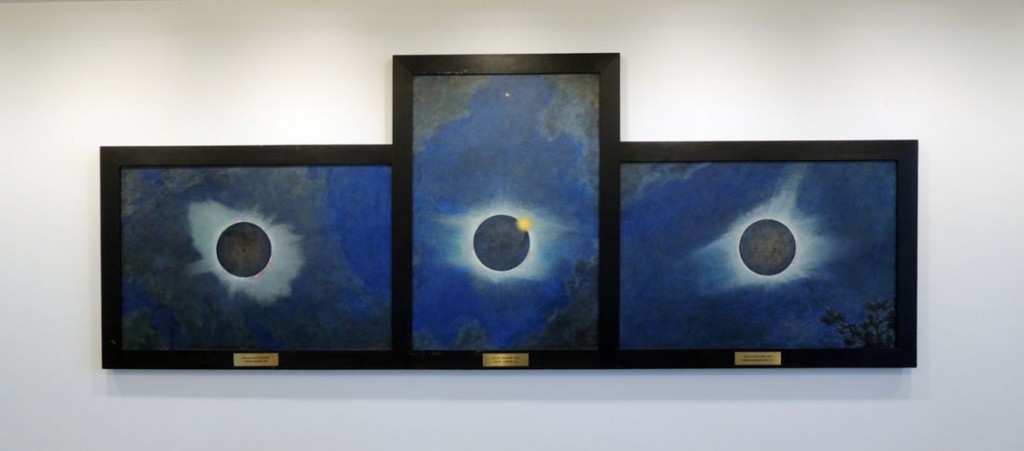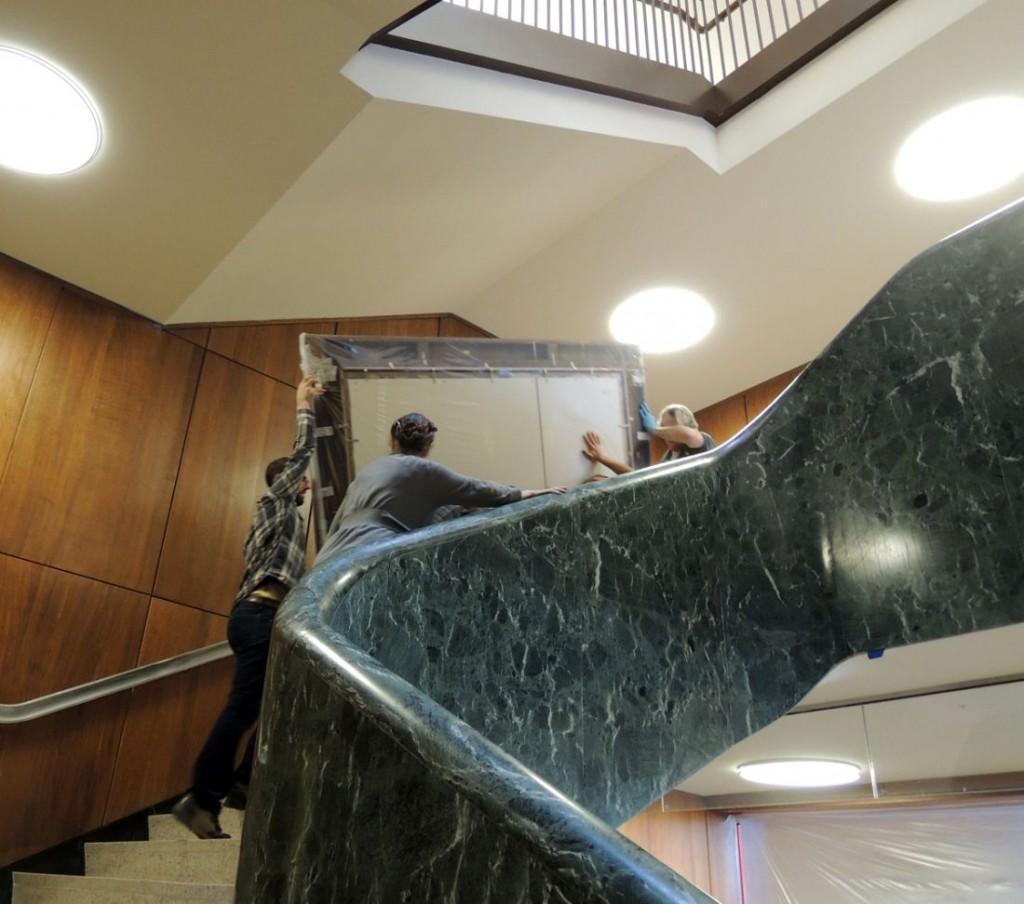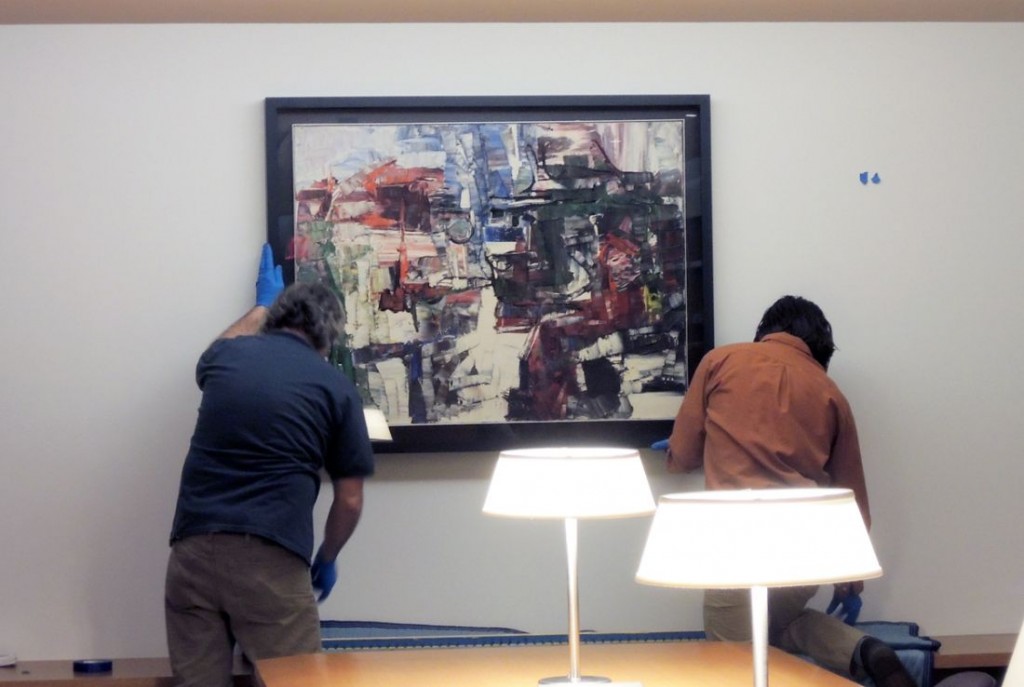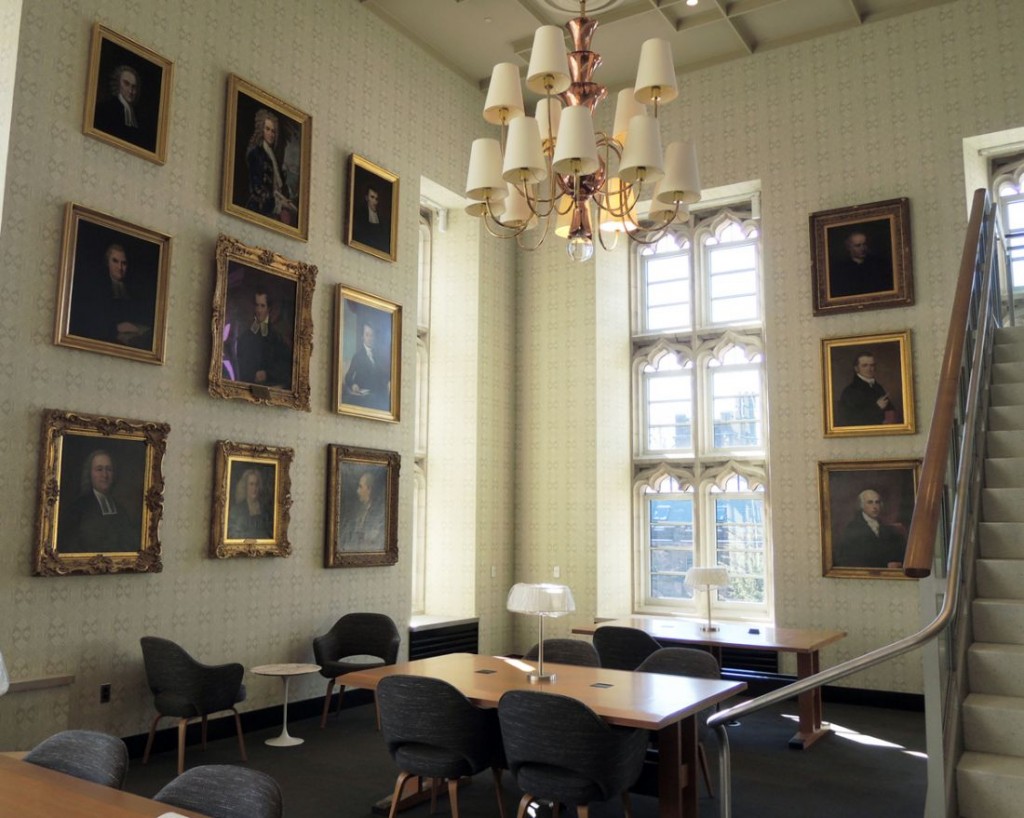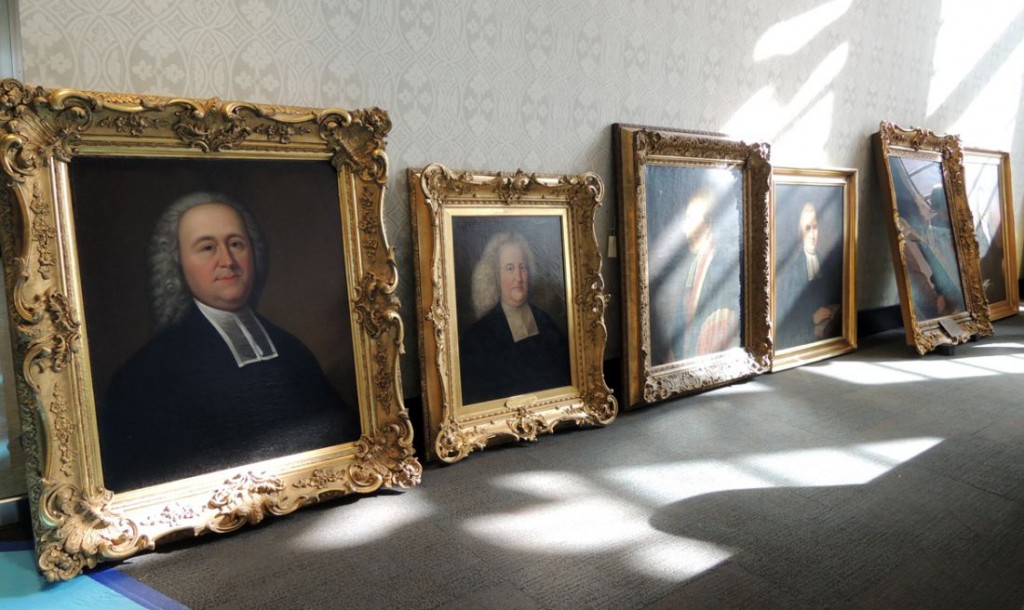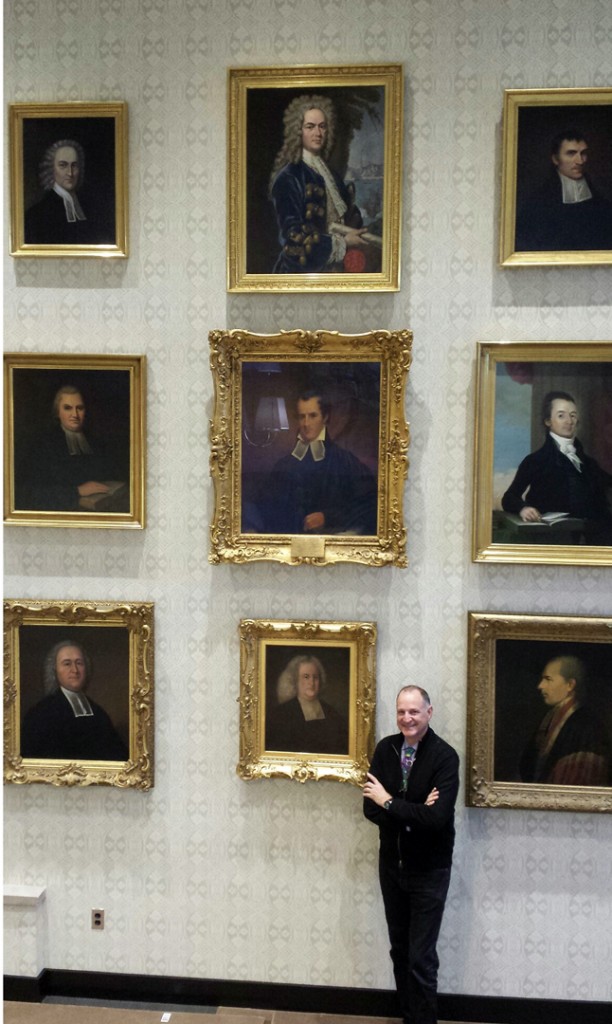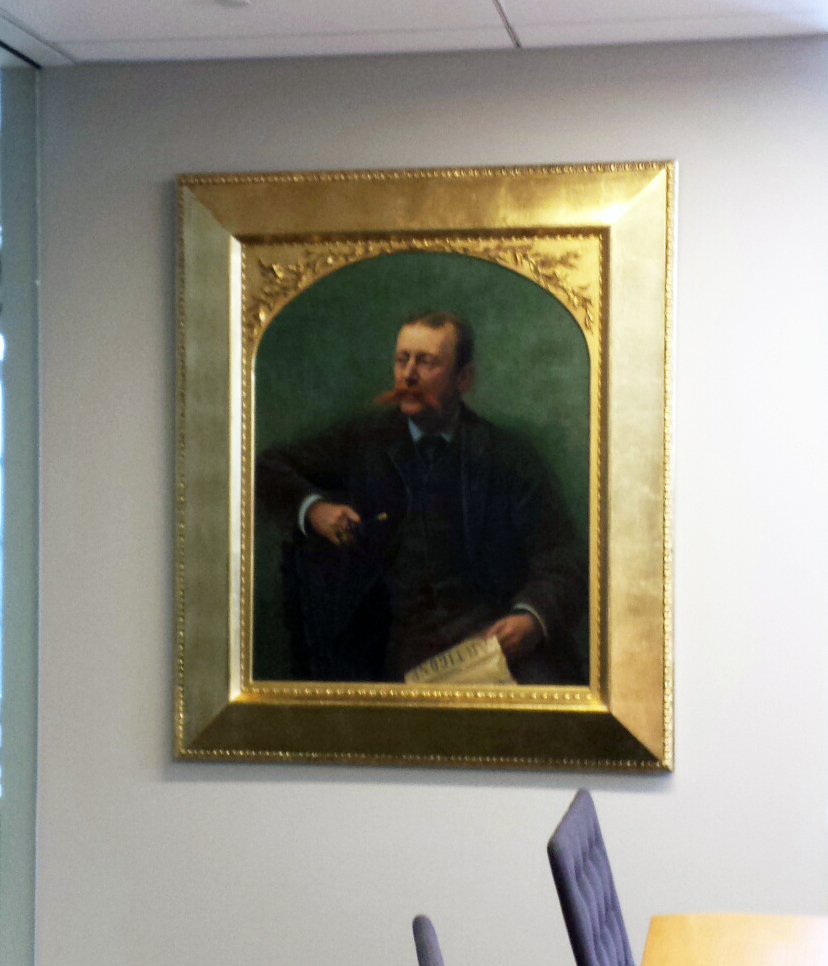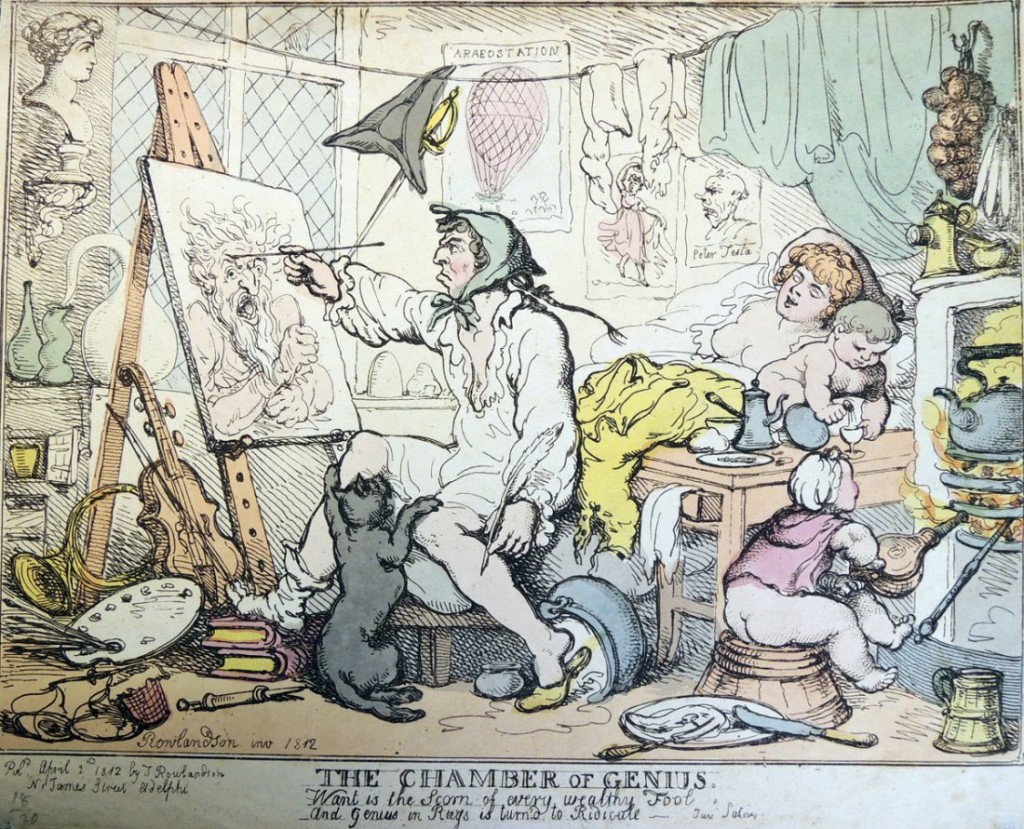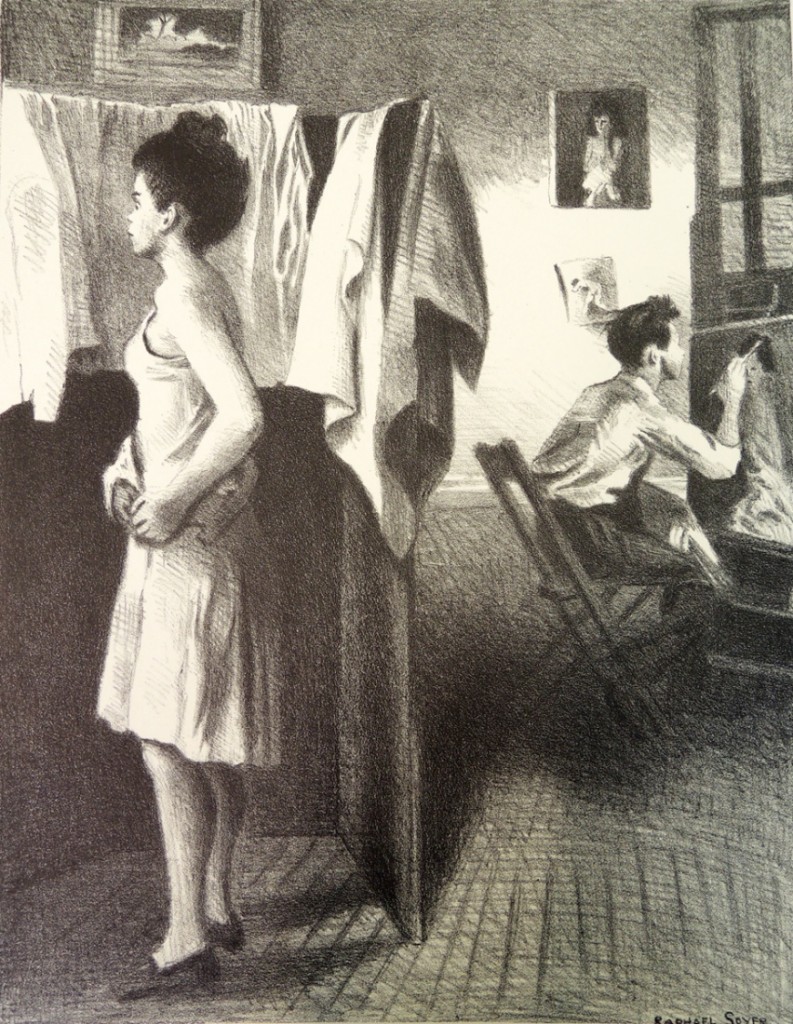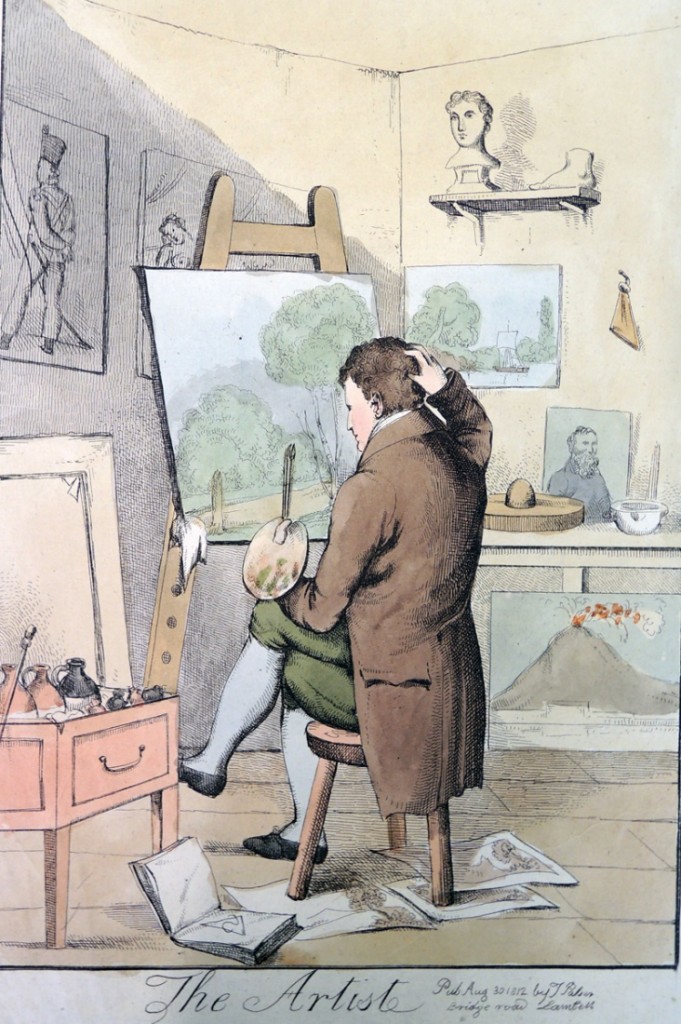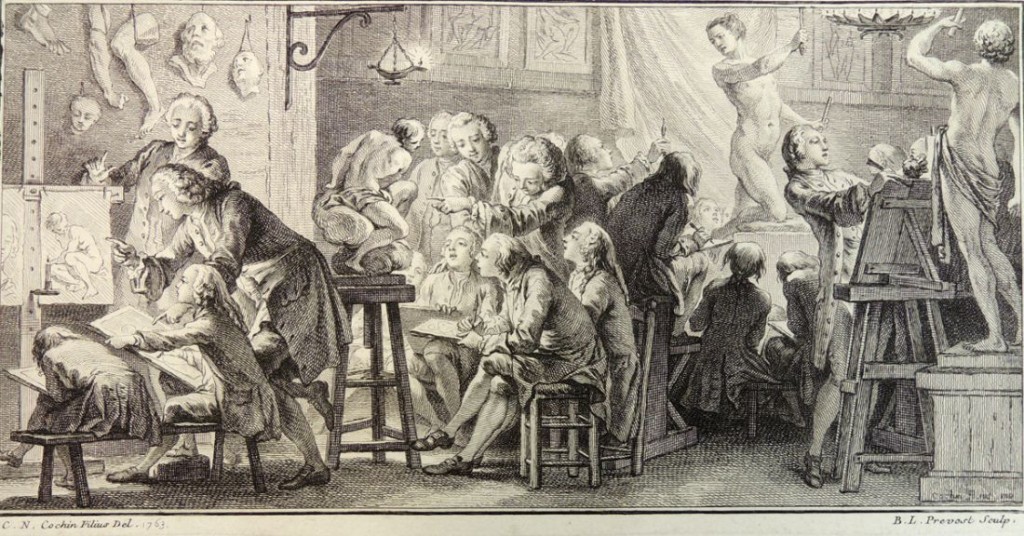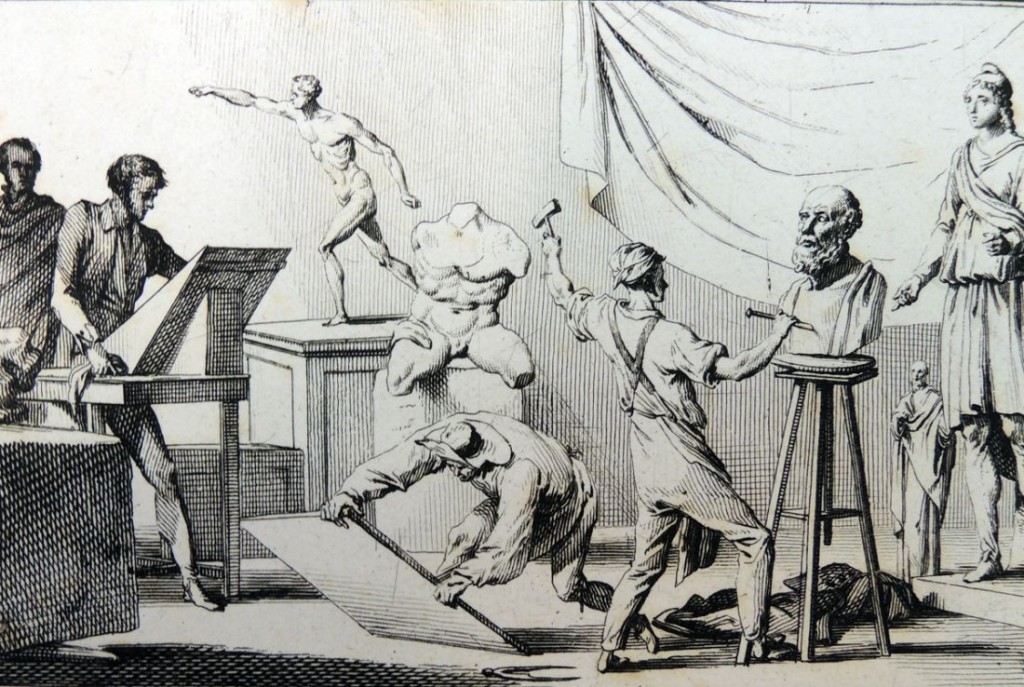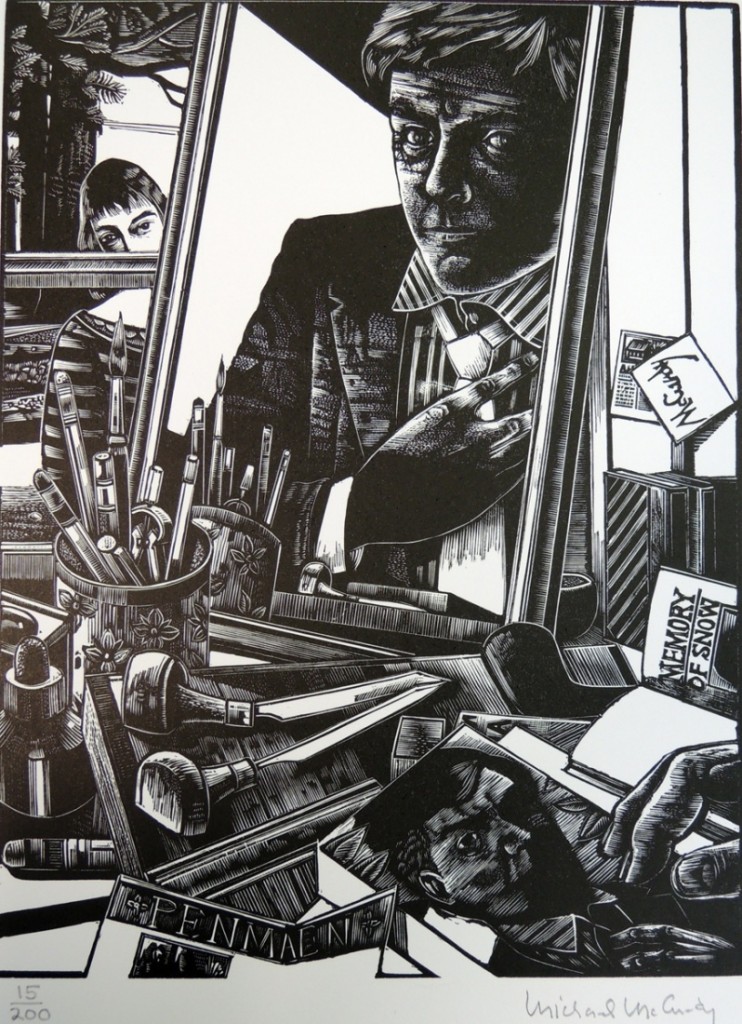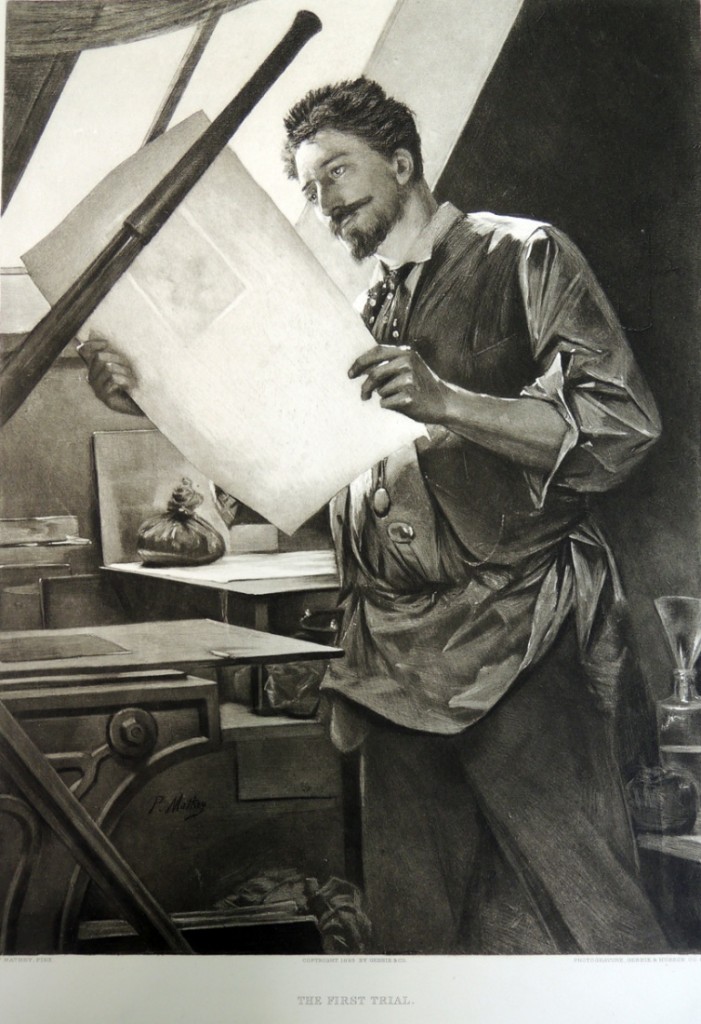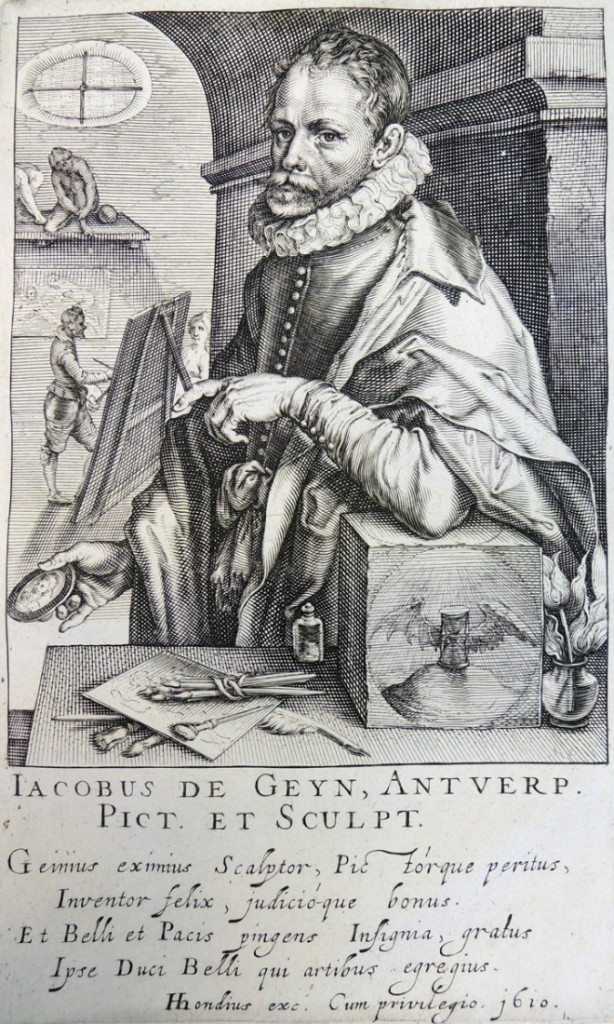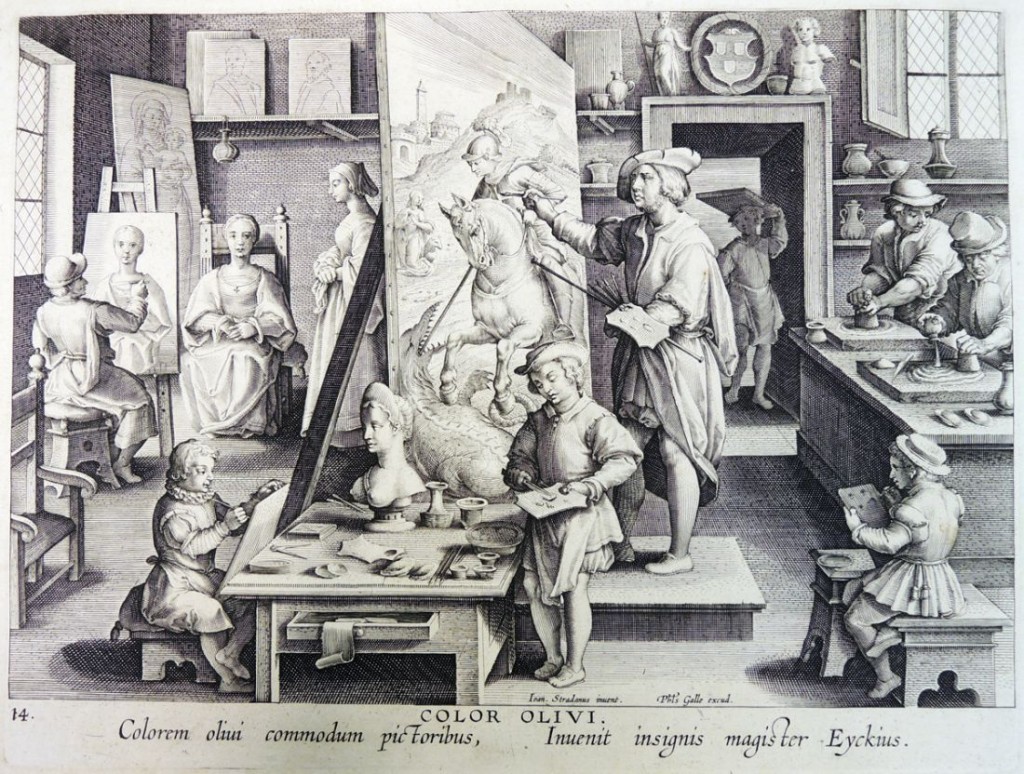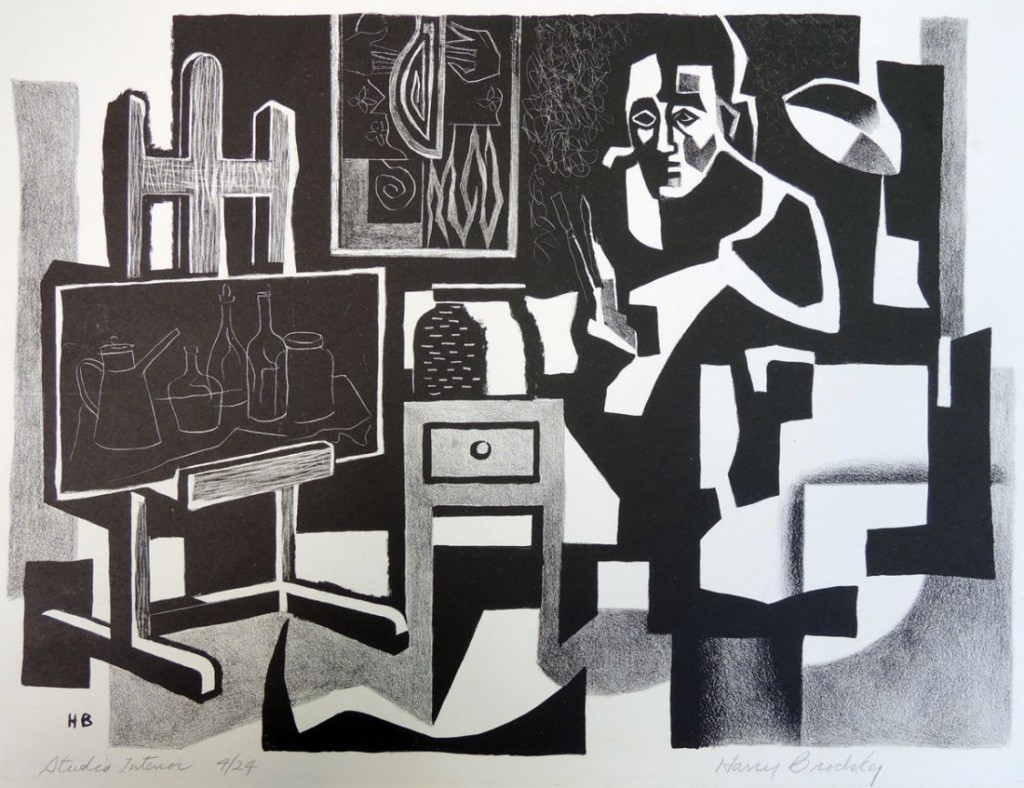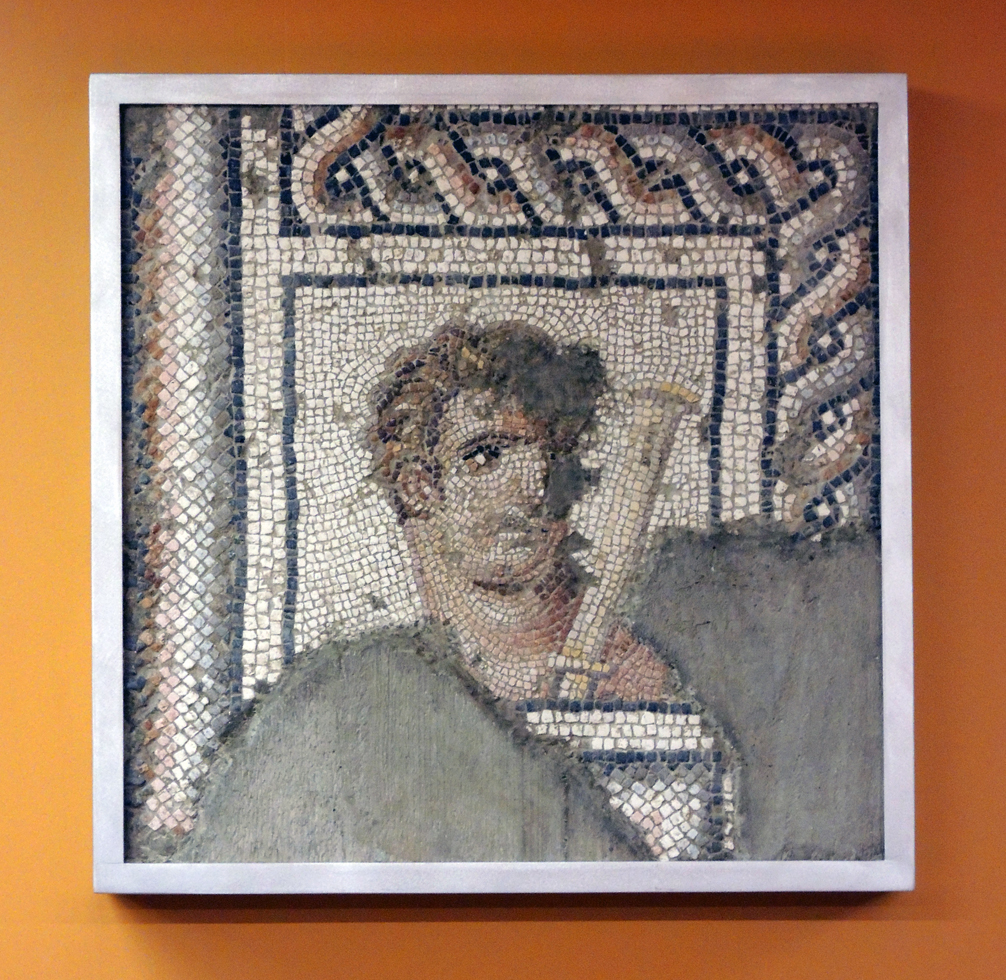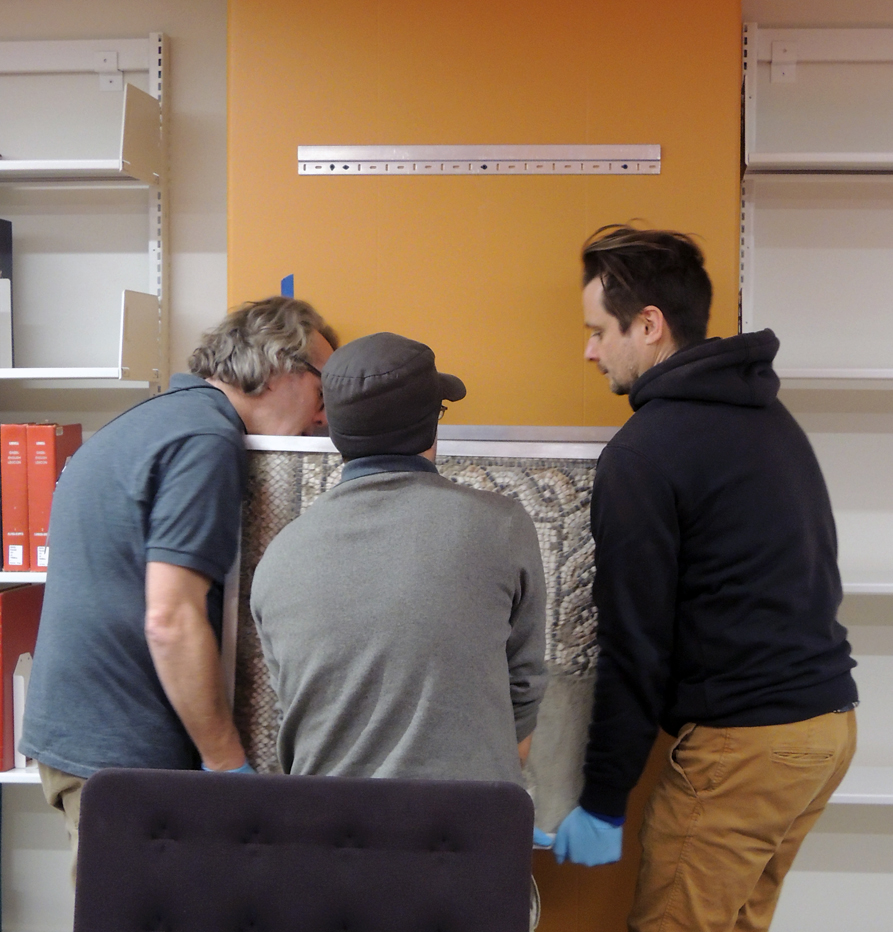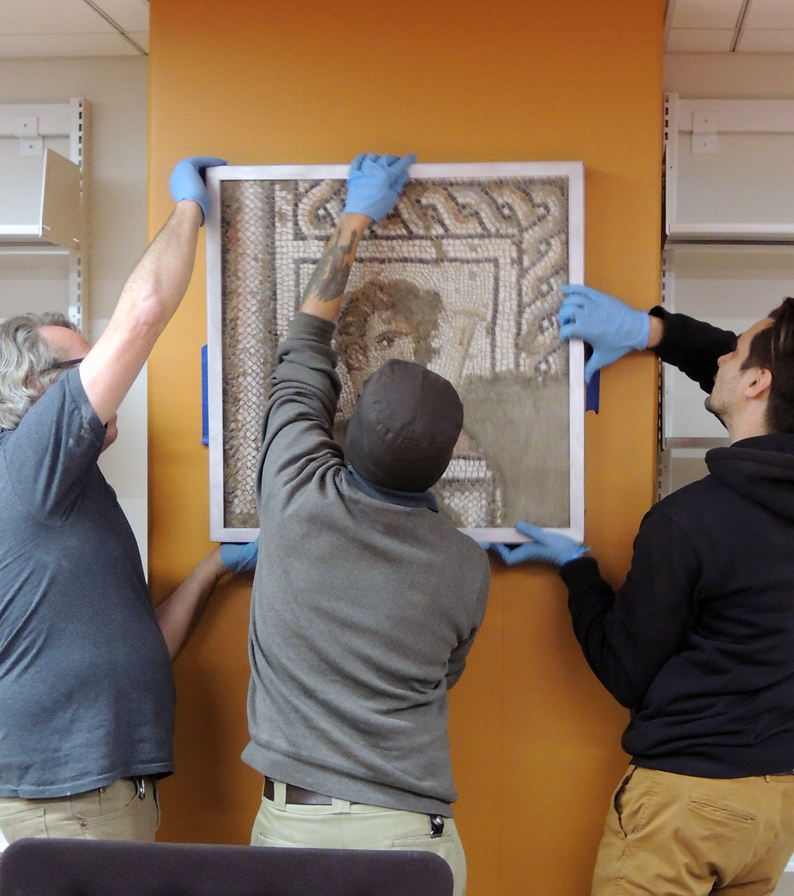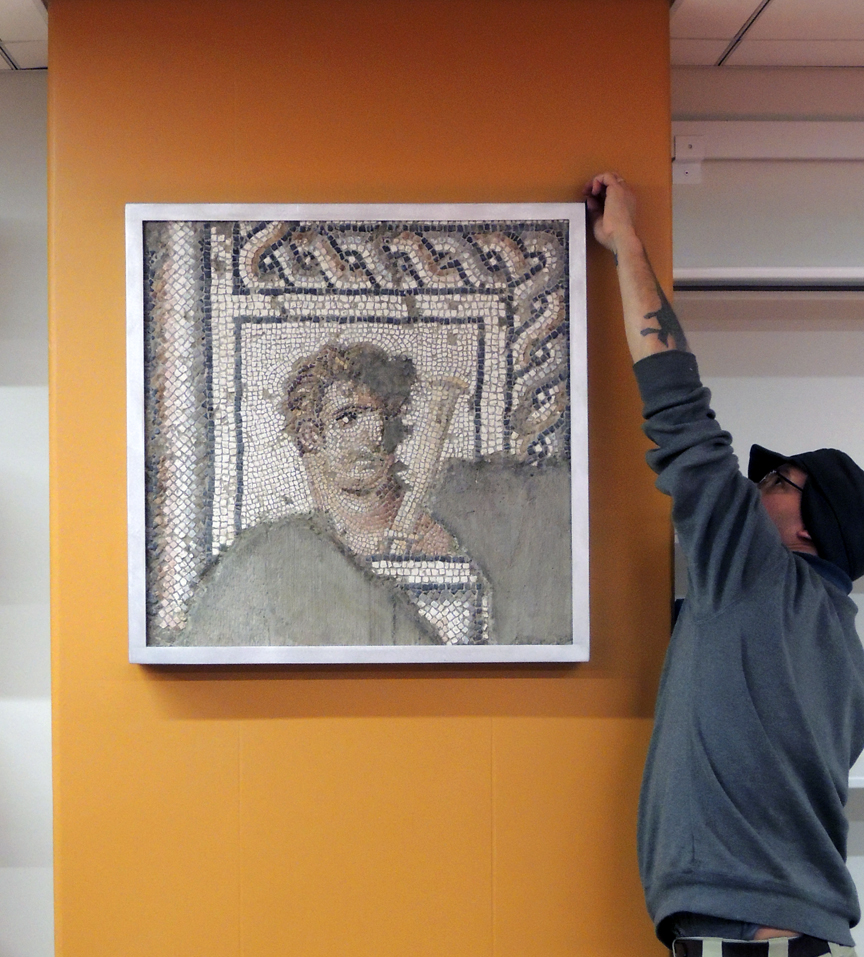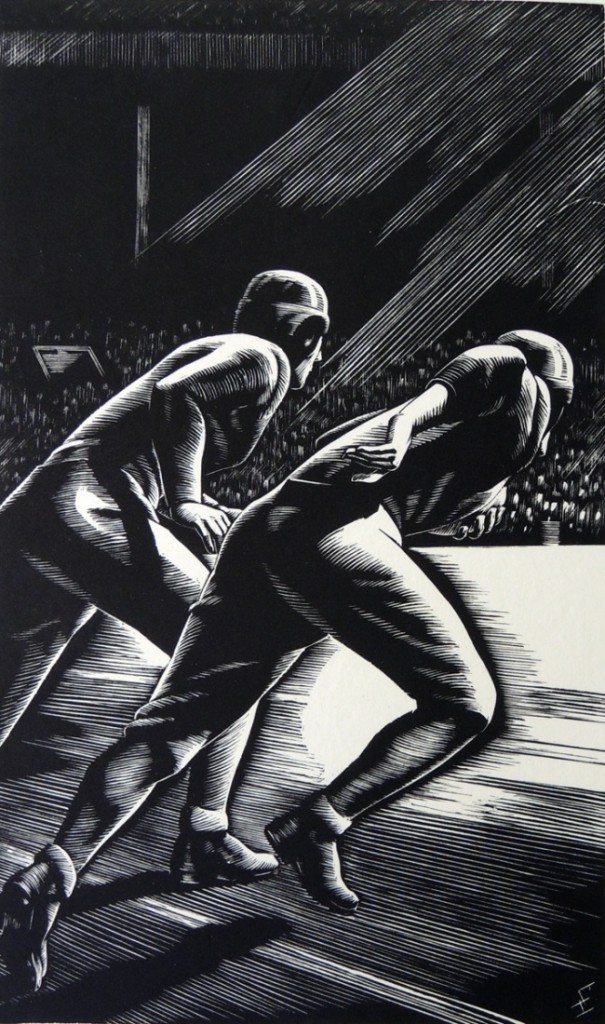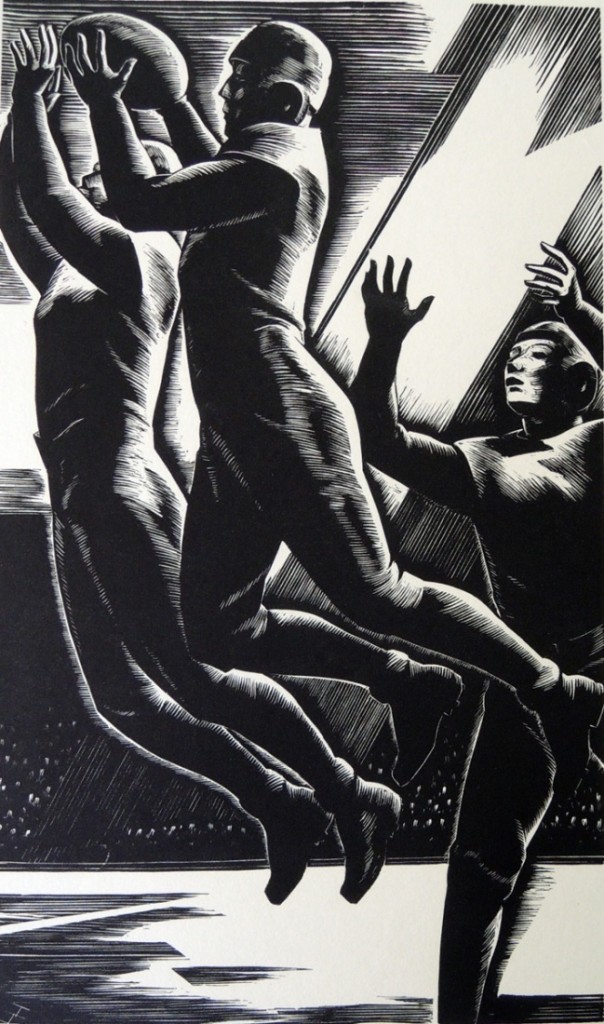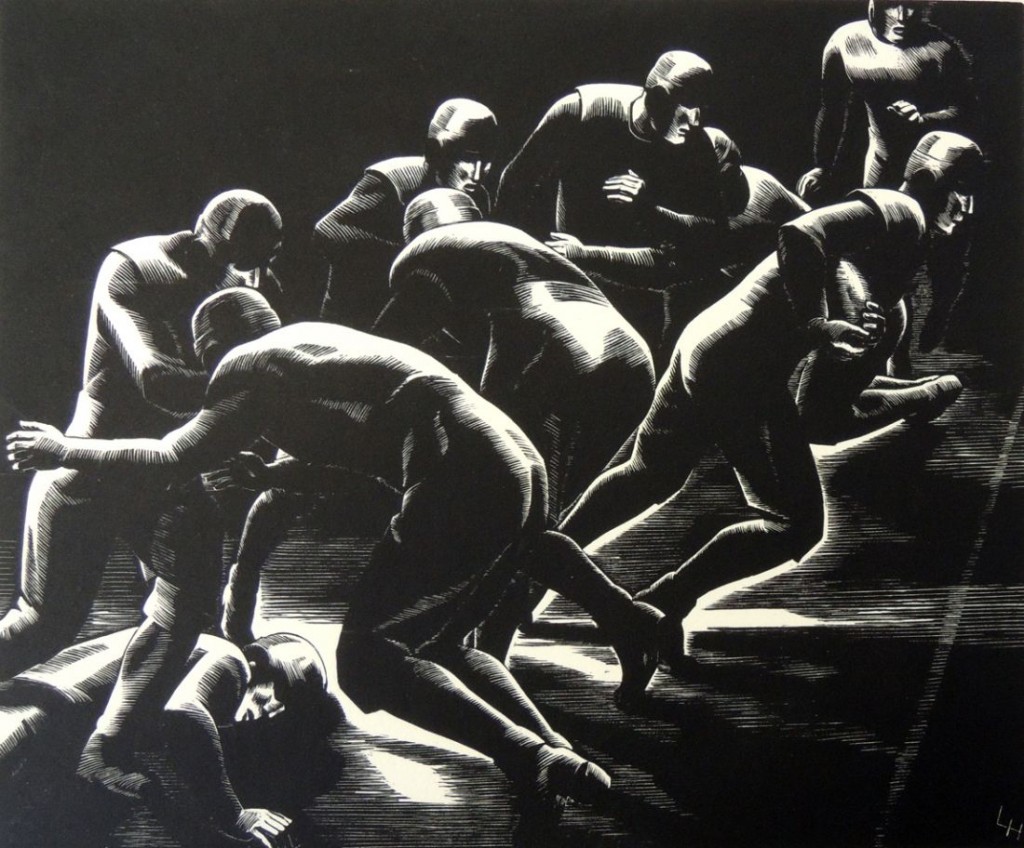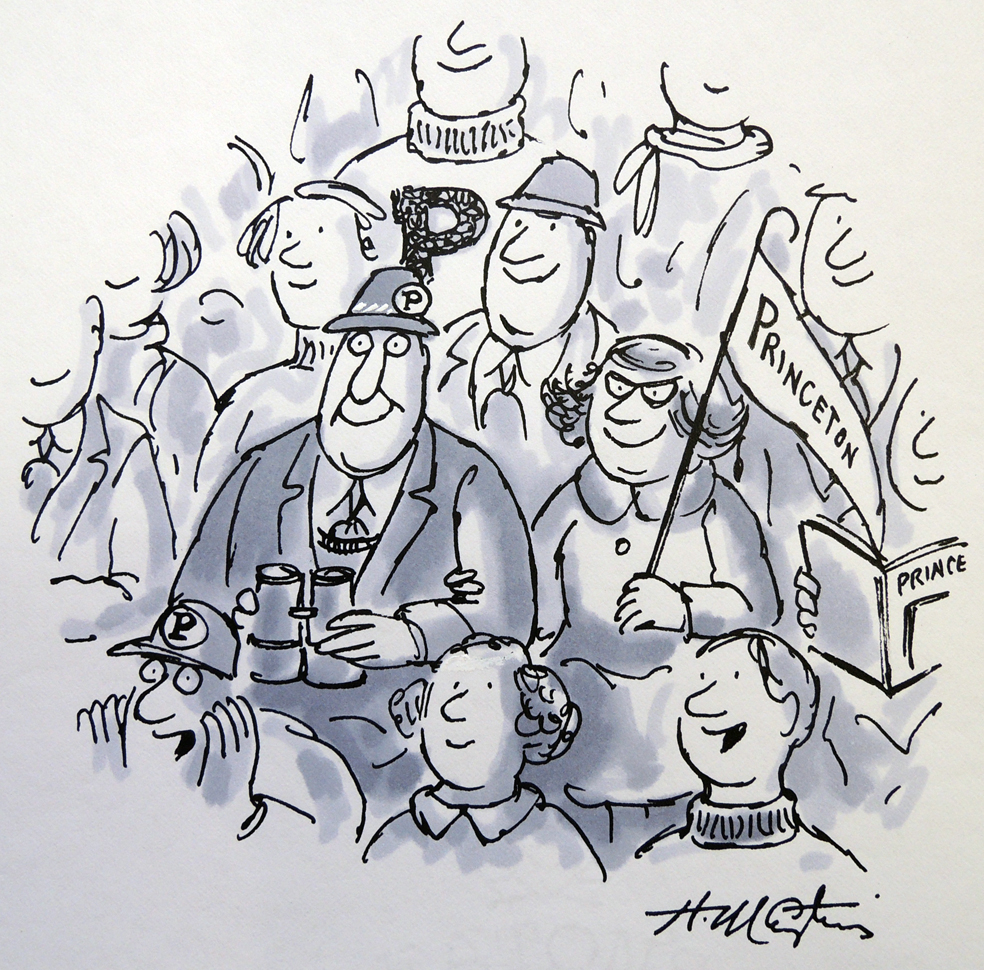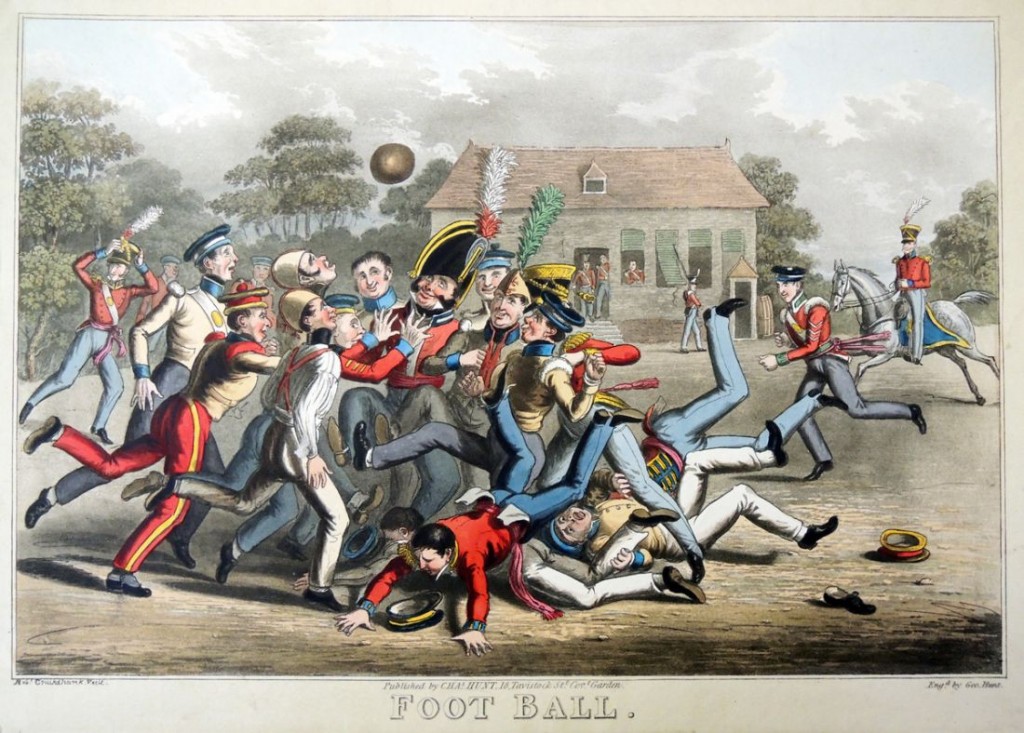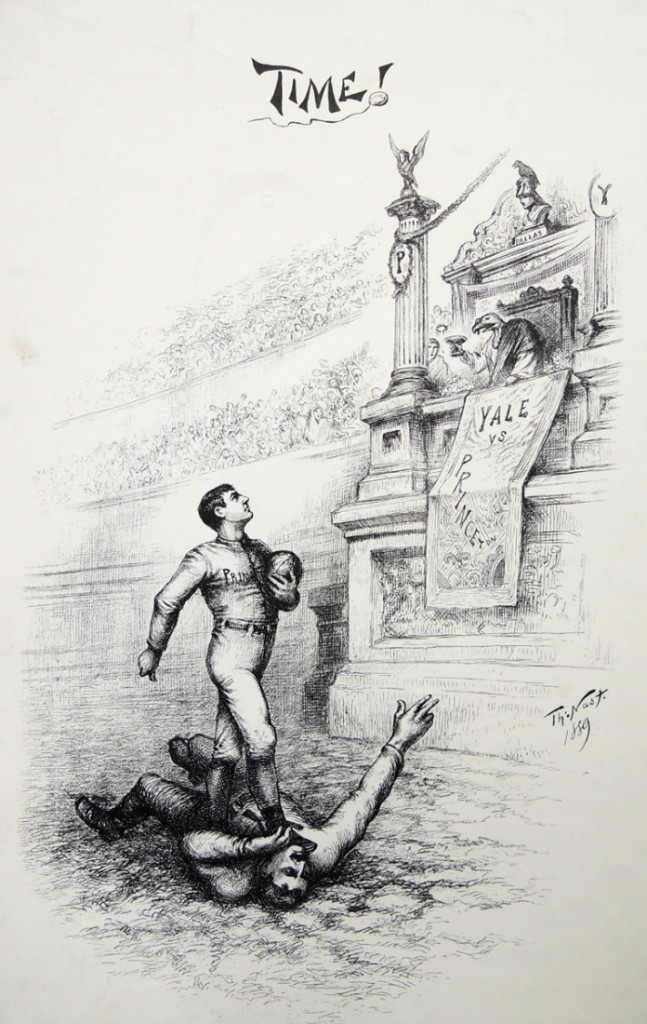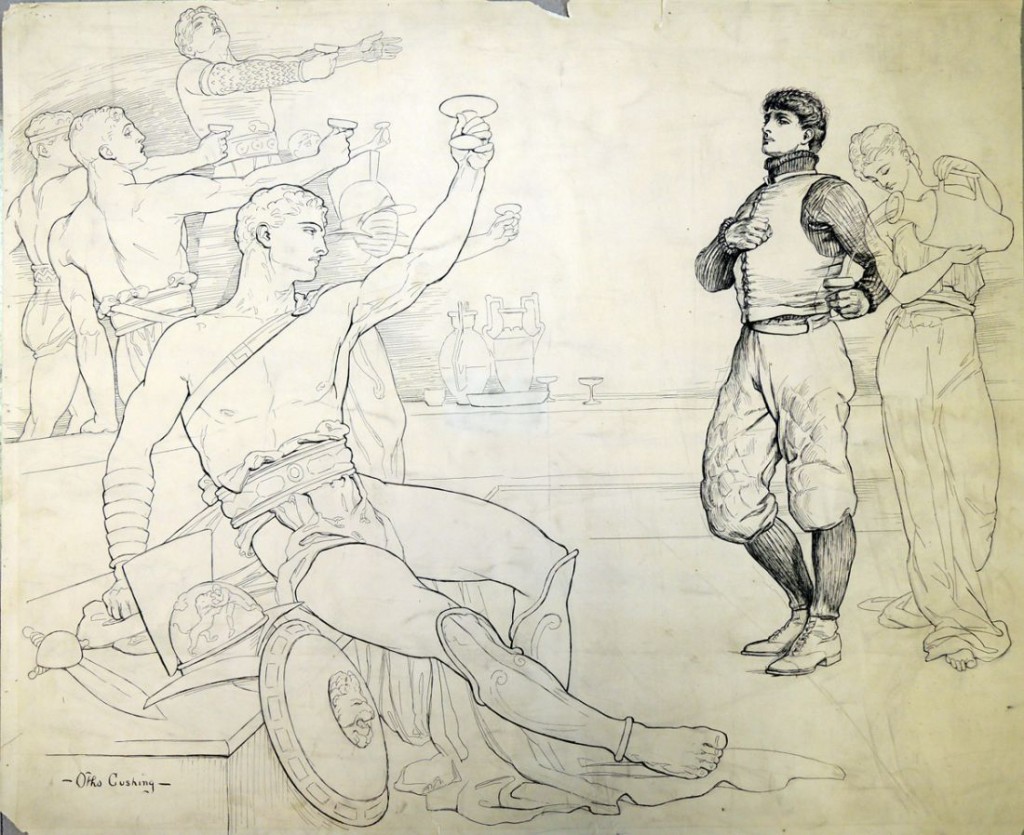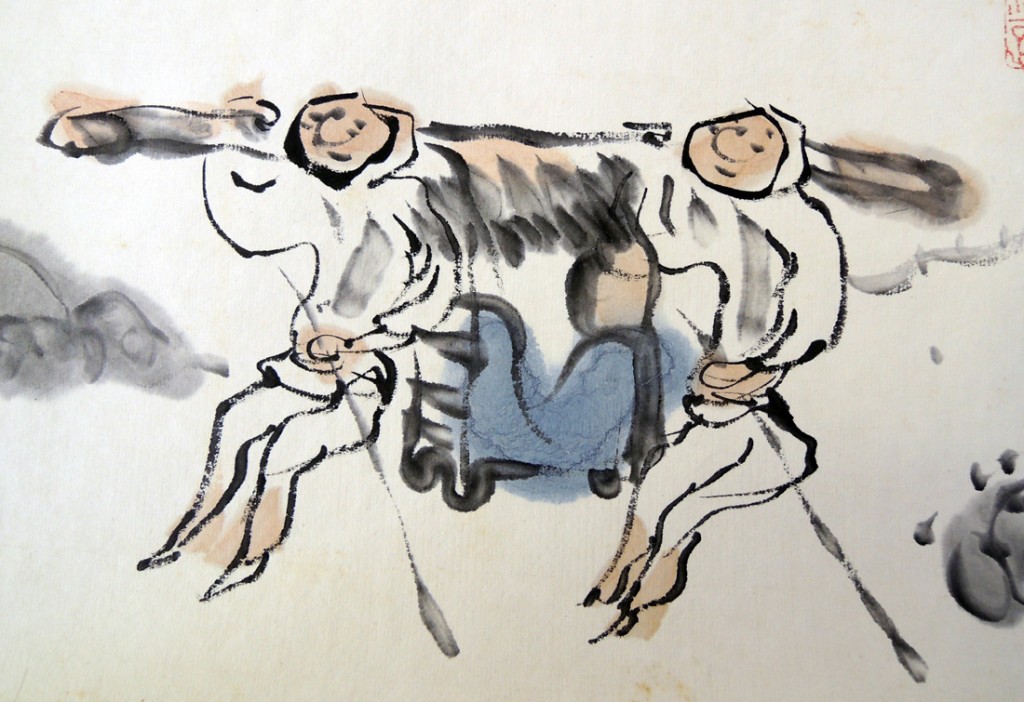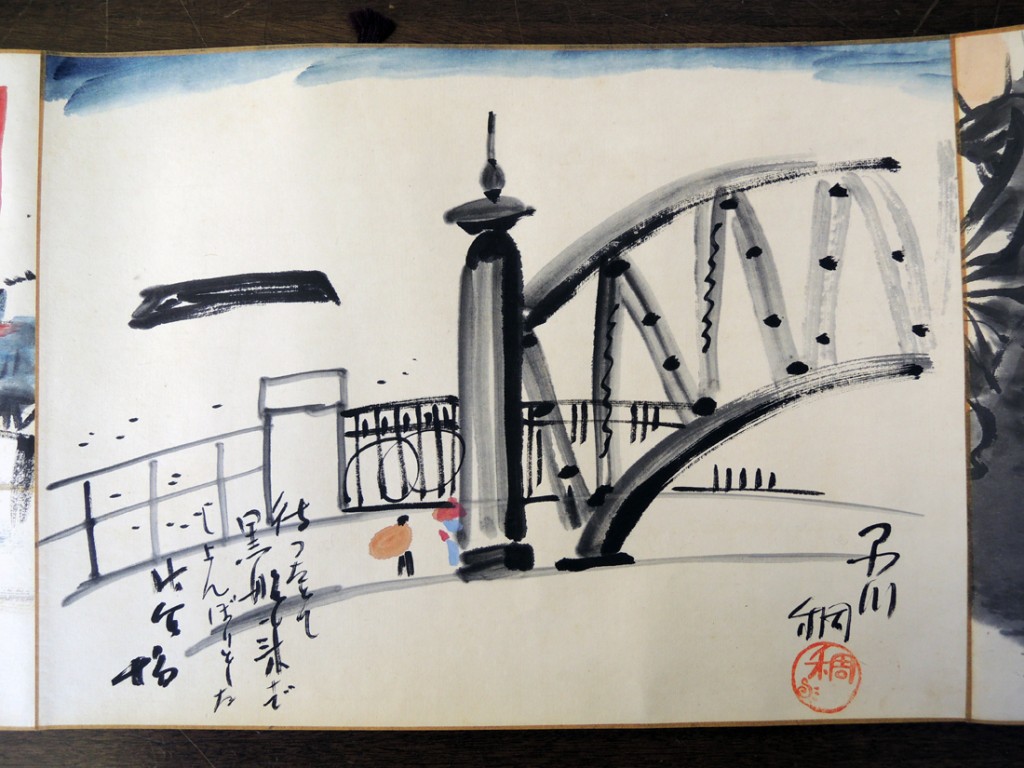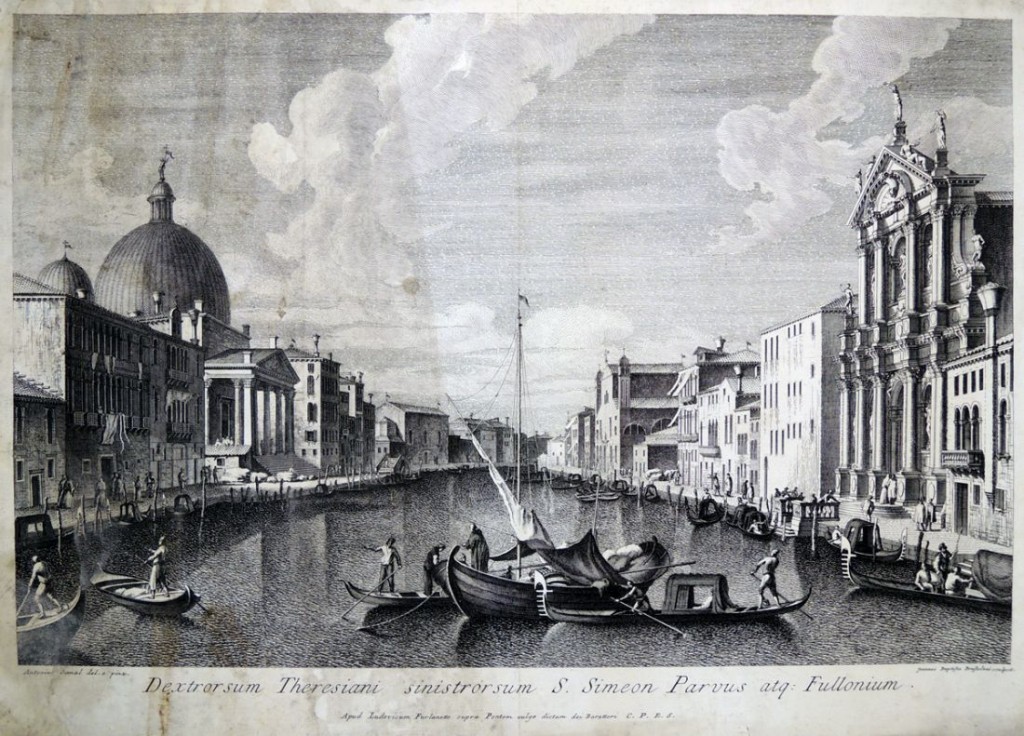
Giovanni Battista Brustolon (1712-1796), after Canaletto (1697-1768), Dextrorsum Theresiani sinistrorsum S. Simeon Parvus atq. Fullonium, 1700s. Engraving. Graphic Arts Collection GC094 Italian Prints.
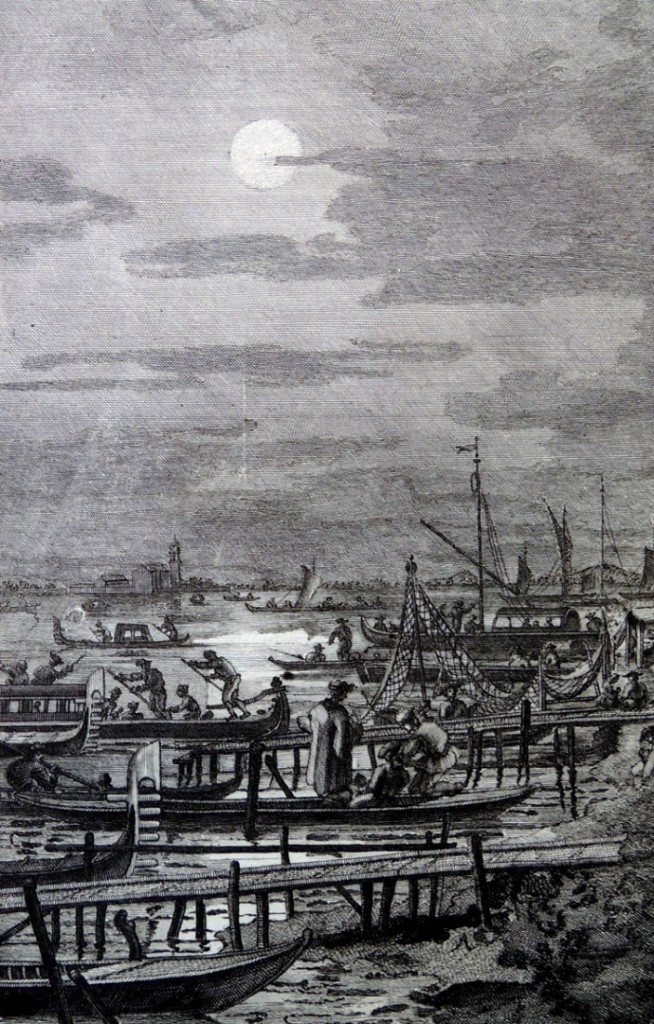 Teresa Shawcross, Assistant Professor of History, will be teaching a class entitled “Venice and the Mediterranean World,” beginning next Monday. “Venice,” she writes, “from unpromising beginnings on a marshy lagoon, succeeded in becoming a major commercial and territorial power that by the late Middle Ages and early Renaissance sought to rival the Byzantine and Ottoman Empires and dominate much of the Mediterranean world.”
Teresa Shawcross, Assistant Professor of History, will be teaching a class entitled “Venice and the Mediterranean World,” beginning next Monday. “Venice,” she writes, “from unpromising beginnings on a marshy lagoon, succeeded in becoming a major commercial and territorial power that by the late Middle Ages and early Renaissance sought to rival the Byzantine and Ottoman Empires and dominate much of the Mediterranean world.”
In browsing through the Graphic Arts collection, we find a limited number of Italian prints and even fewer focused on Venice. There are a handful of reproductive prints after the paintings of Canaletto (born Giovanni Antonio Canal, 1697–1768), engraved by Giovanni Battista Brustolon (sometimes written Brustoloni, 1712-1796).
Graphic Arts also holds two prints by Michele Giovanni Marieschi (1696-1743) from the book Magnificentiores selectioresque urbis Venetiarum prospectus (Venetiis: Venduntur … apud eumdem Auctorem, 1741). A complete volume can be found in Marquand Library (SAX): Rare Books Oversize ND623.M22 A3e.
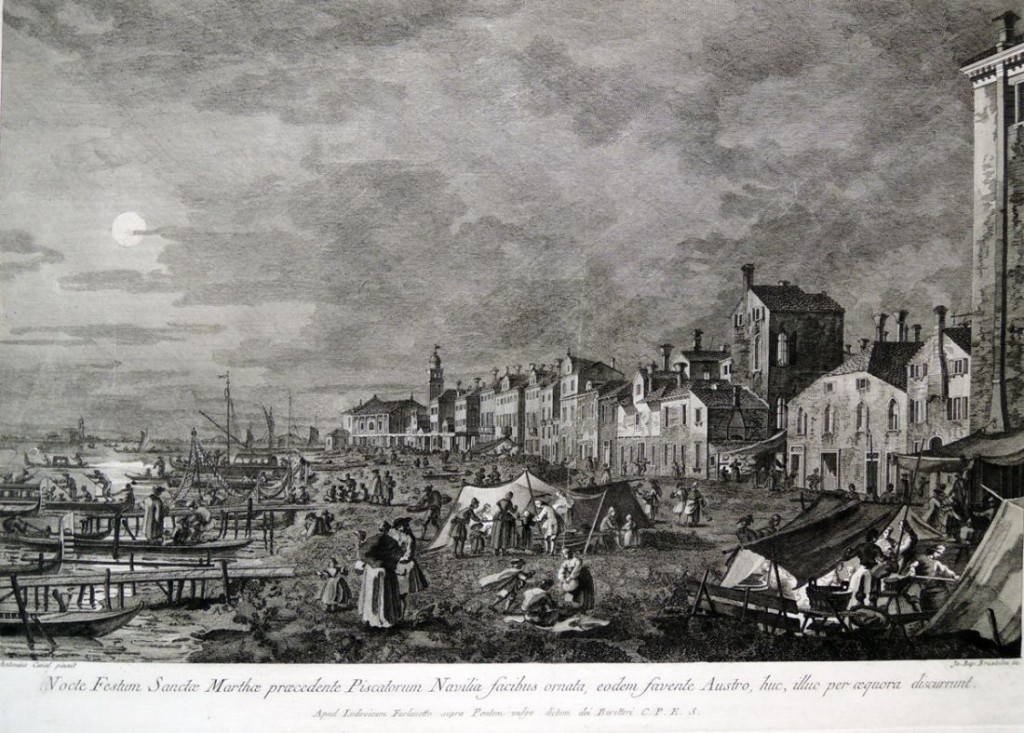 Giovanni Battista Brustolon (1712-1796), after Canaletto (1697-1768), Vocte Festum Sanctae Marthae praecendente Piscatorum Navilia facibus ornata, eodem favente Austro, huc, illuc per aequora discurrunt, 1700s. Engraving. GC094 Italian Prints Collection
Giovanni Battista Brustolon (1712-1796), after Canaletto (1697-1768), Vocte Festum Sanctae Marthae praecendente Piscatorum Navilia facibus ornata, eodem favente Austro, huc, illuc per aequora discurrunt, 1700s. Engraving. GC094 Italian Prints Collection
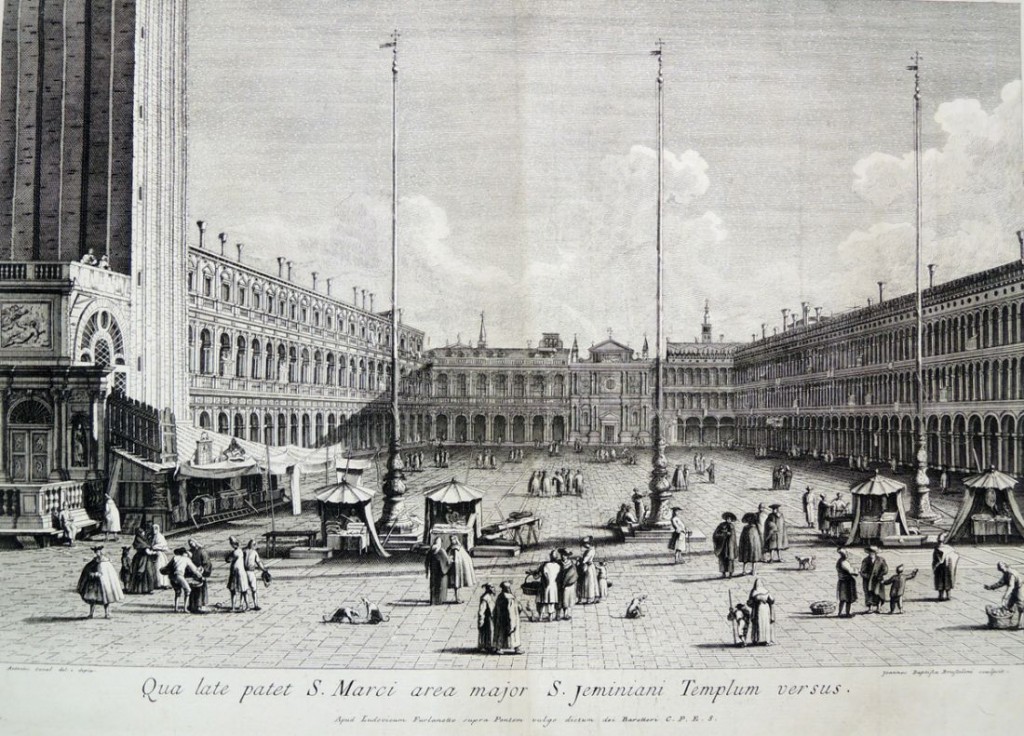 Giovanni Battista Brustolon (1712-1796) after Canaletto (1697-1768), Qua late patet S. Marci area major S. Jeminiani Templum, [1763]. Engraving. GC094 Italian Prints Collection
Giovanni Battista Brustolon (1712-1796) after Canaletto (1697-1768), Qua late patet S. Marci area major S. Jeminiani Templum, [1763]. Engraving. GC094 Italian Prints Collection
 Michele Giovanni Marieschi (1696-1743), Platea ac Templum D: D: Joannis et Pauli et proxime magnum Sodalitium D from the book Magnificentiores selectioresque urbis Venetiarum prospectus (Venetiis: Venduntur … apud eumdem Auctorem, 1741). Engraving. GC094 Italian Prints Collection
Michele Giovanni Marieschi (1696-1743), Platea ac Templum D: D: Joannis et Pauli et proxime magnum Sodalitium D from the book Magnificentiores selectioresque urbis Venetiarum prospectus (Venetiis: Venduntur … apud eumdem Auctorem, 1741). Engraving. GC094 Italian Prints Collection
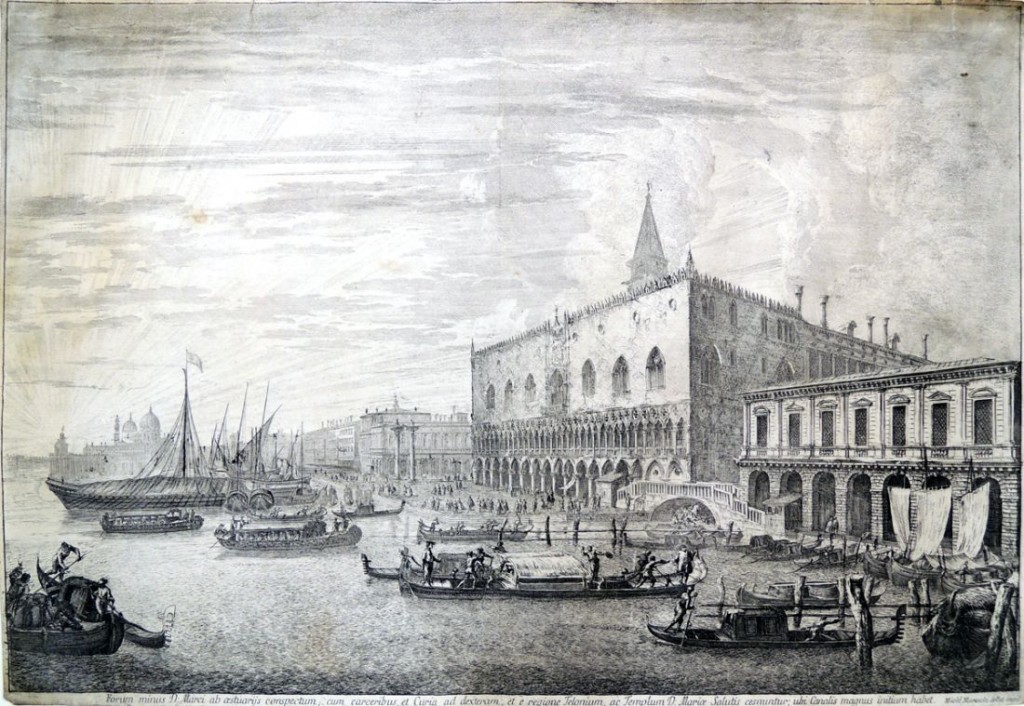 Michele Giovanni Marieschi (1696-1743), Forum minus D: Marci ab asteruariis conspectum, cum carceribus, et Curia ad dexteram from the book Magnificentiores selectioresque urbis Venetiarum prospectus (Venetiis: Venduntur … apud eumdem Auctorem, 1741). Engraving. GC094 Italian Prints Collection.
Michele Giovanni Marieschi (1696-1743), Forum minus D: Marci ab asteruariis conspectum, cum carceribus, et Curia ad dexteram from the book Magnificentiores selectioresque urbis Venetiarum prospectus (Venetiis: Venduntur … apud eumdem Auctorem, 1741). Engraving. GC094 Italian Prints Collection.

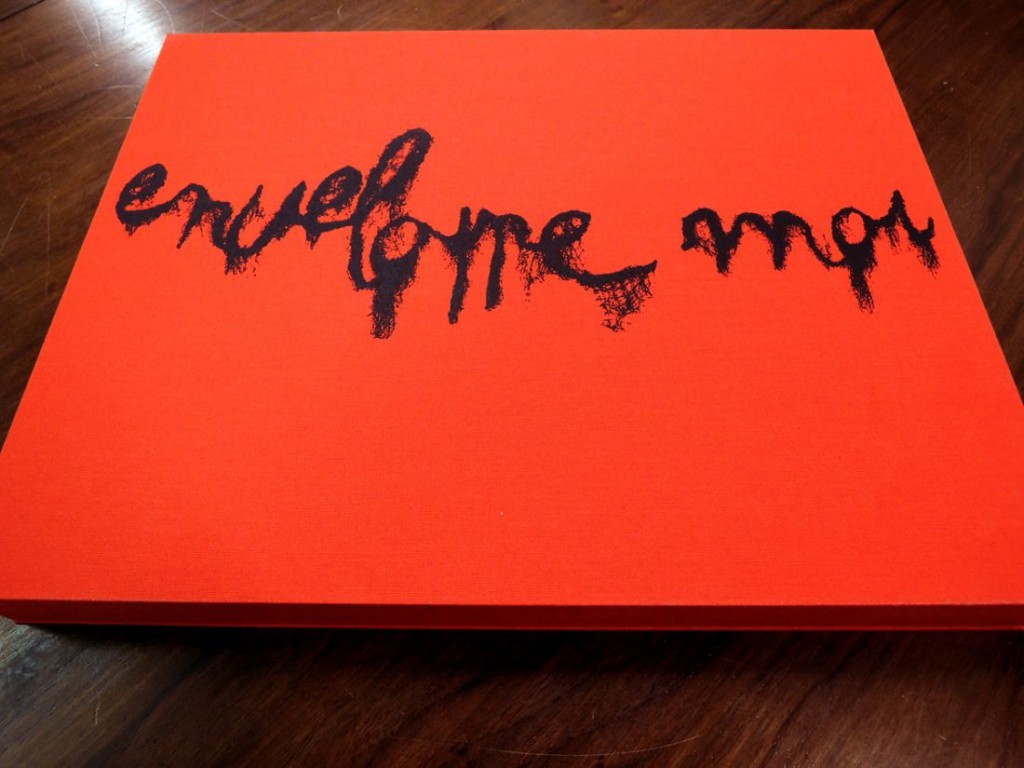
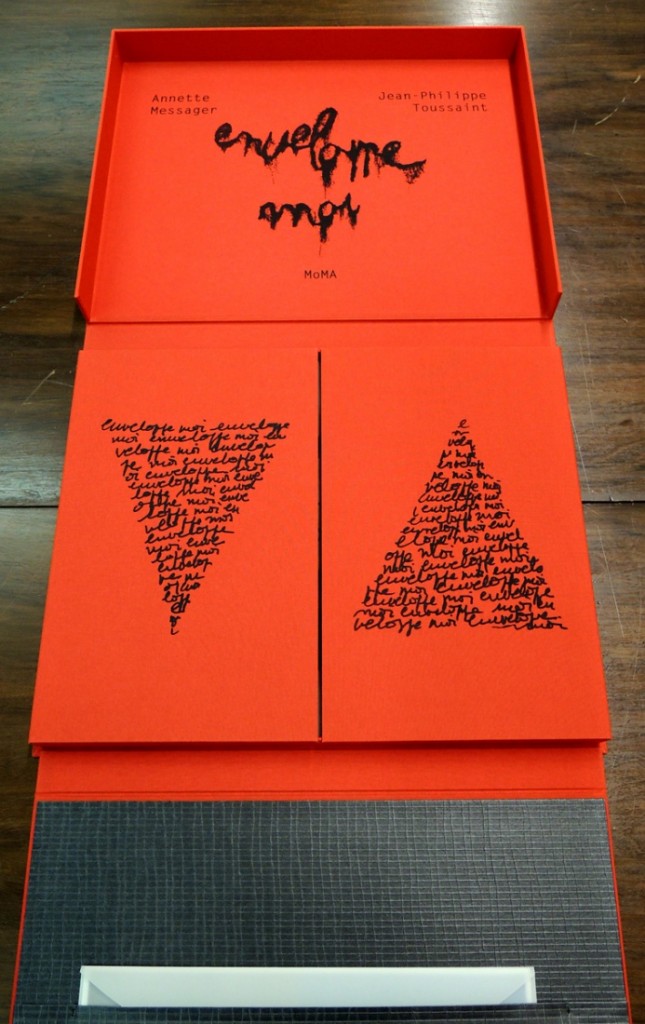
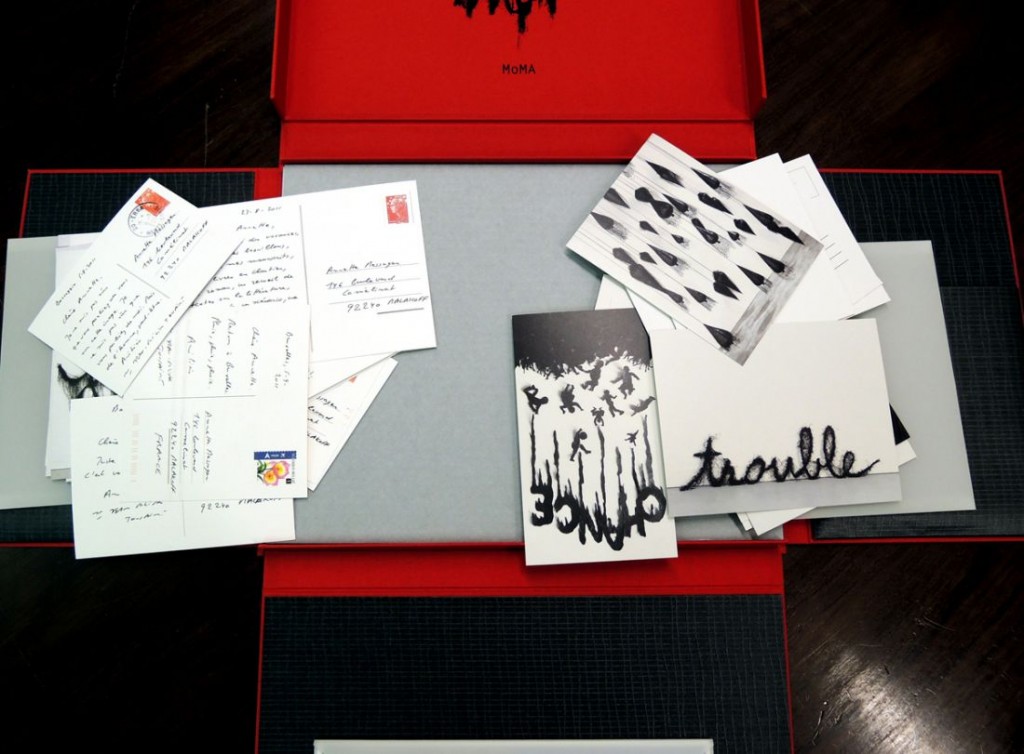
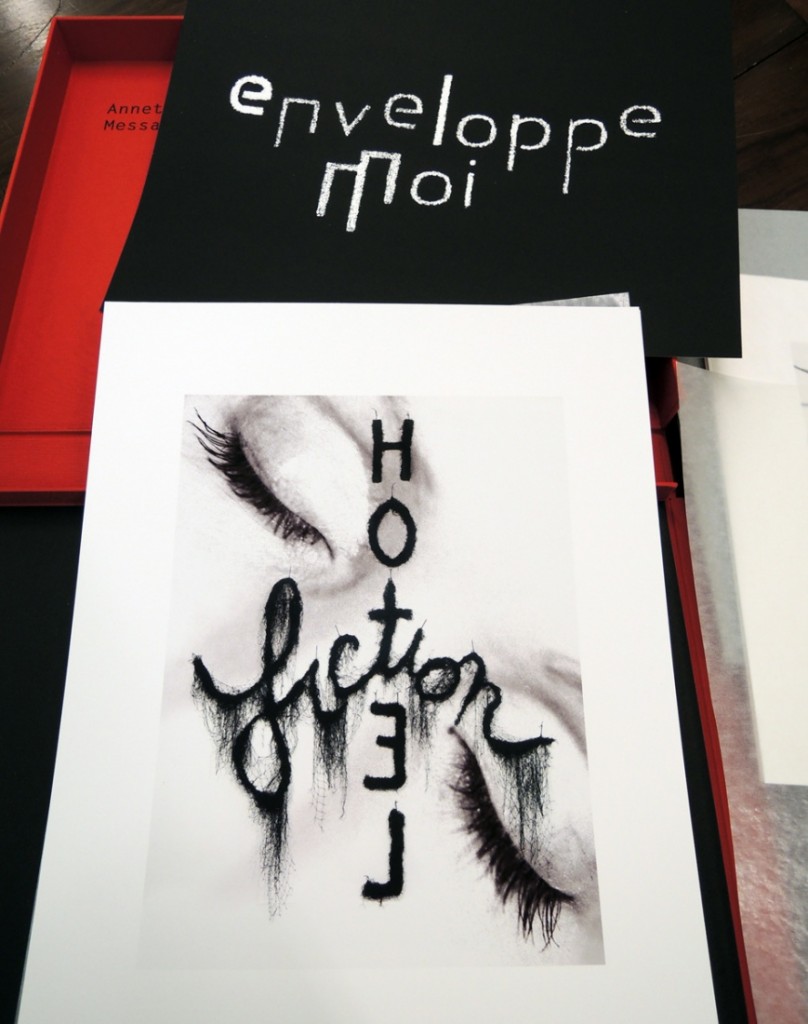
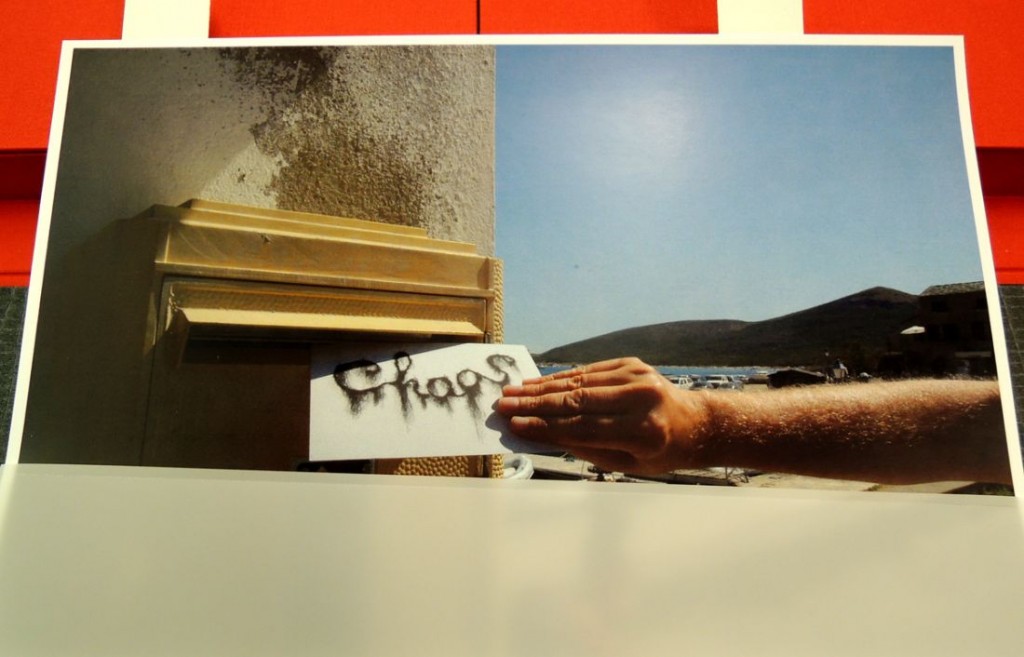
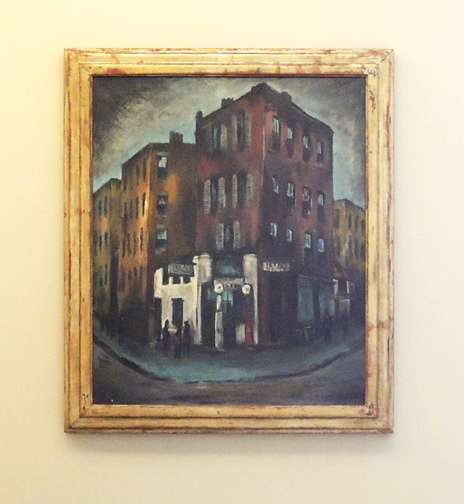
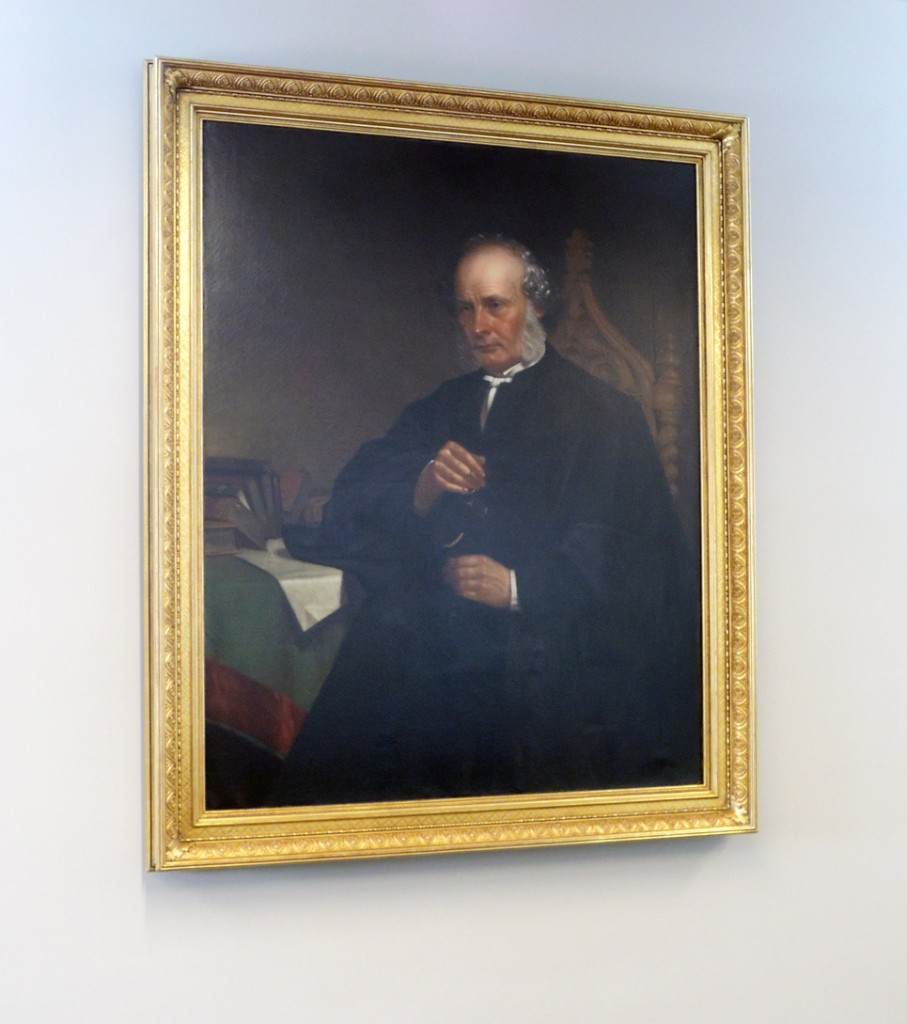
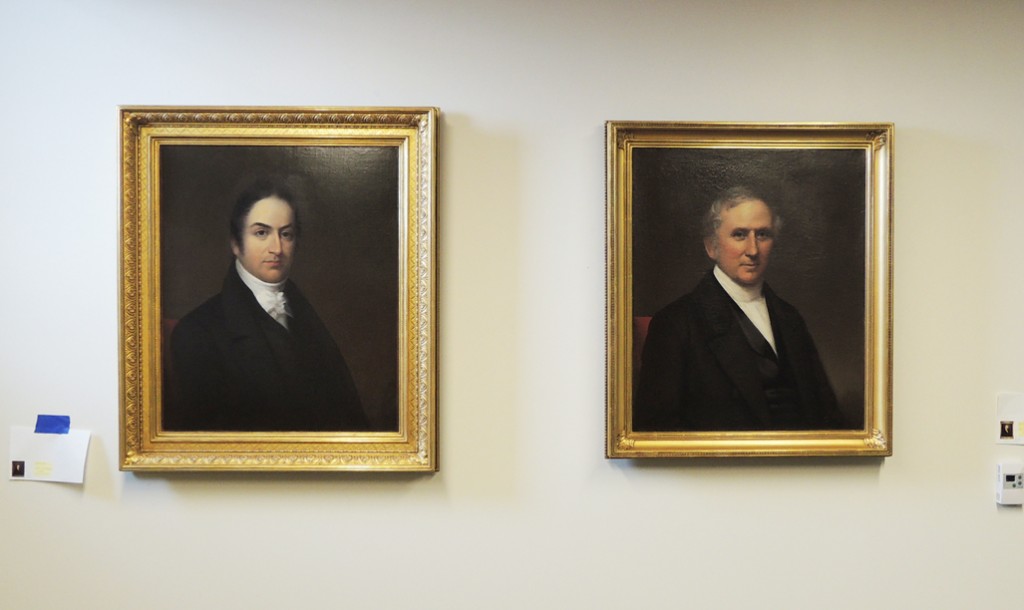
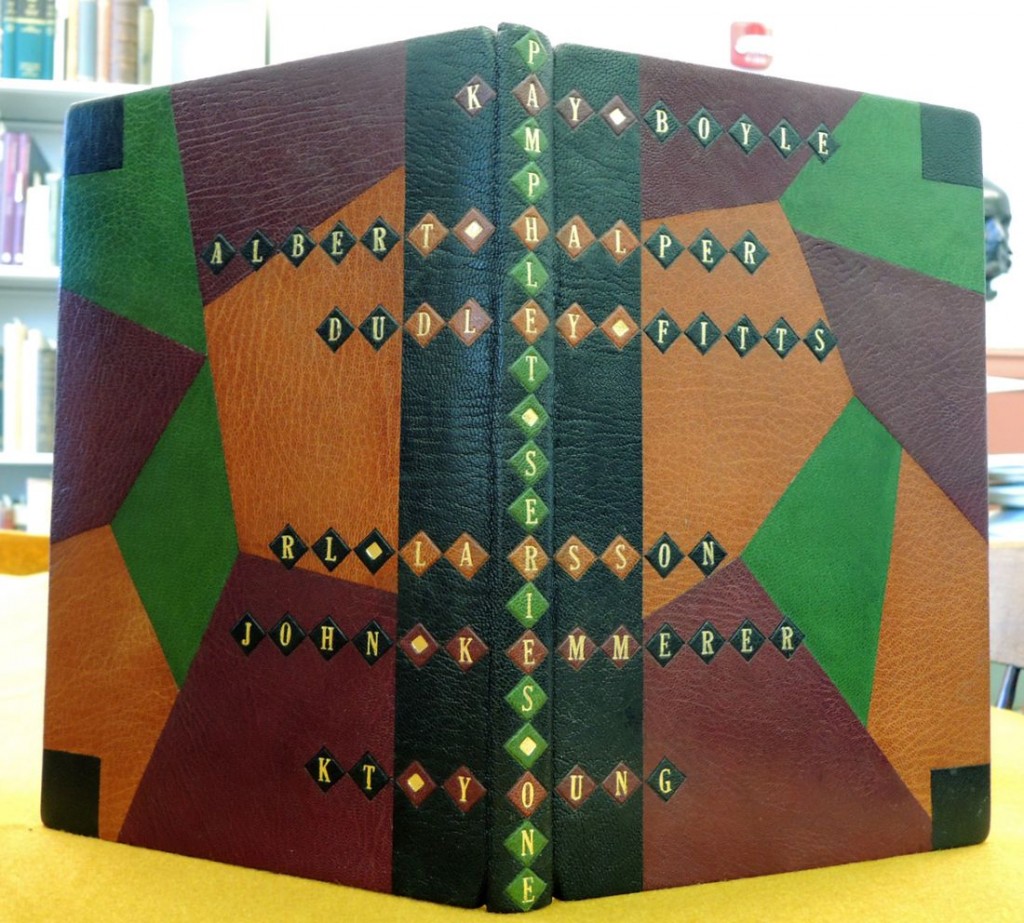
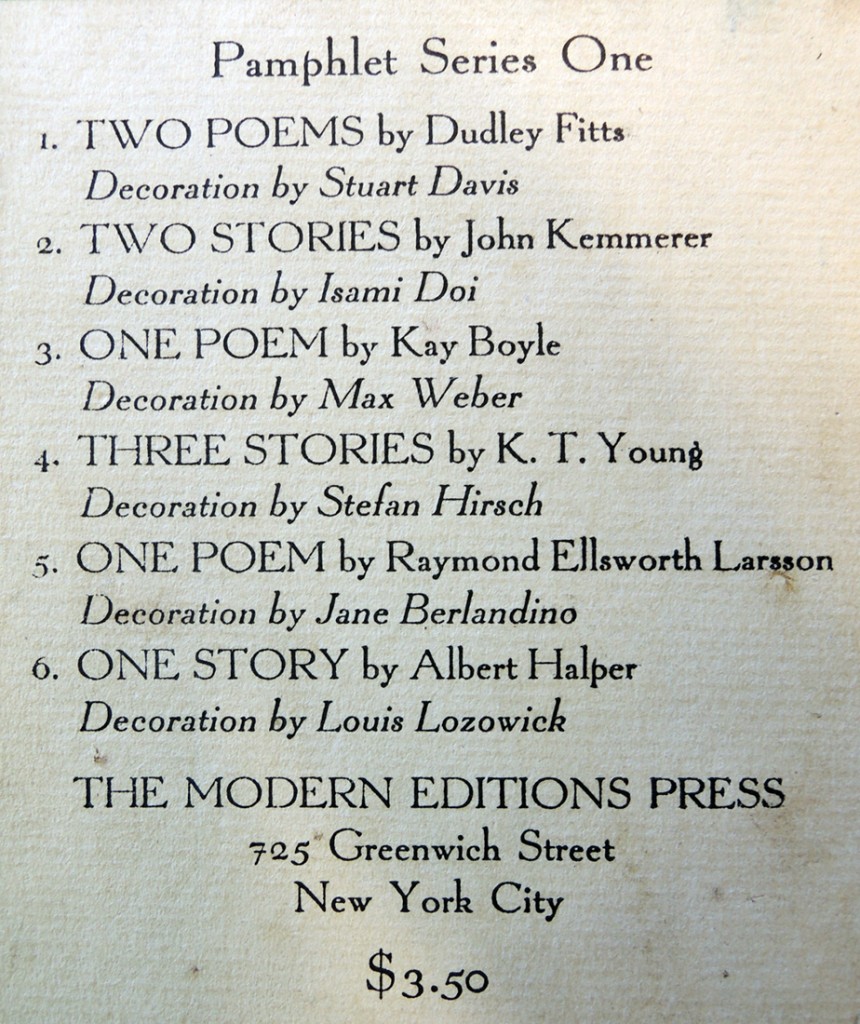
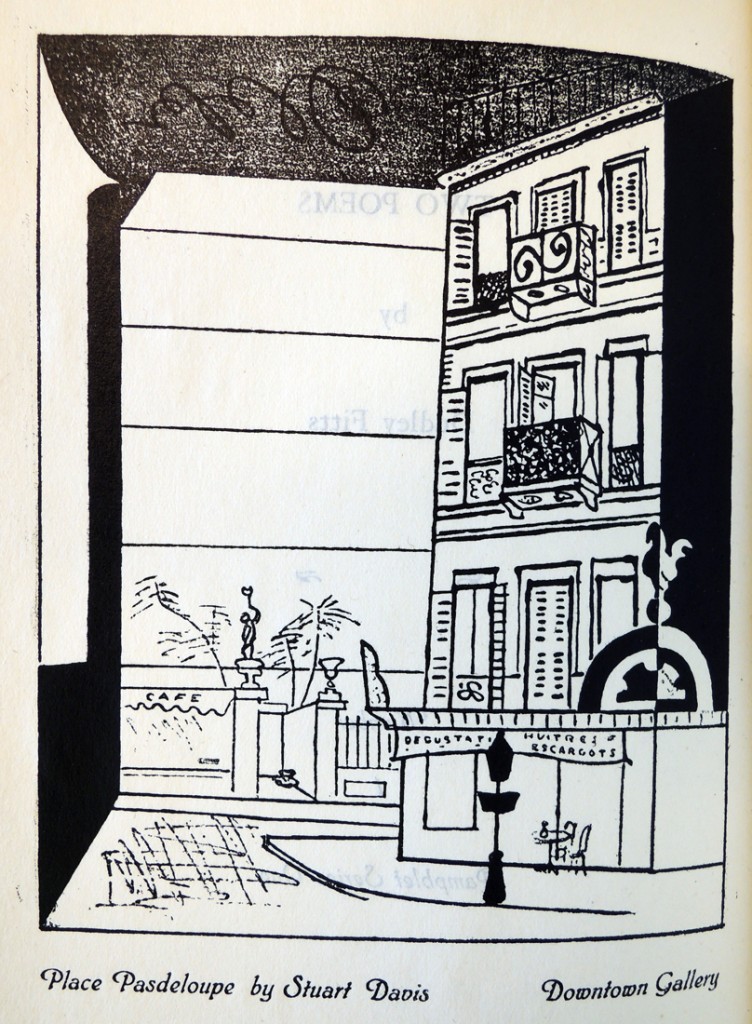

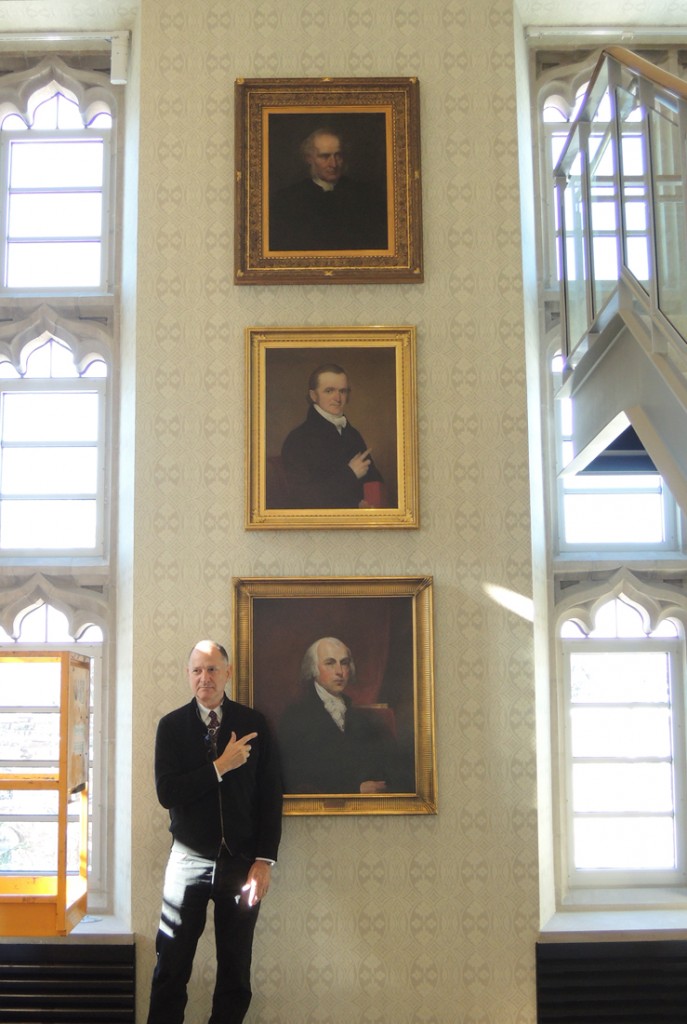 Striking a pose
Striking a pose